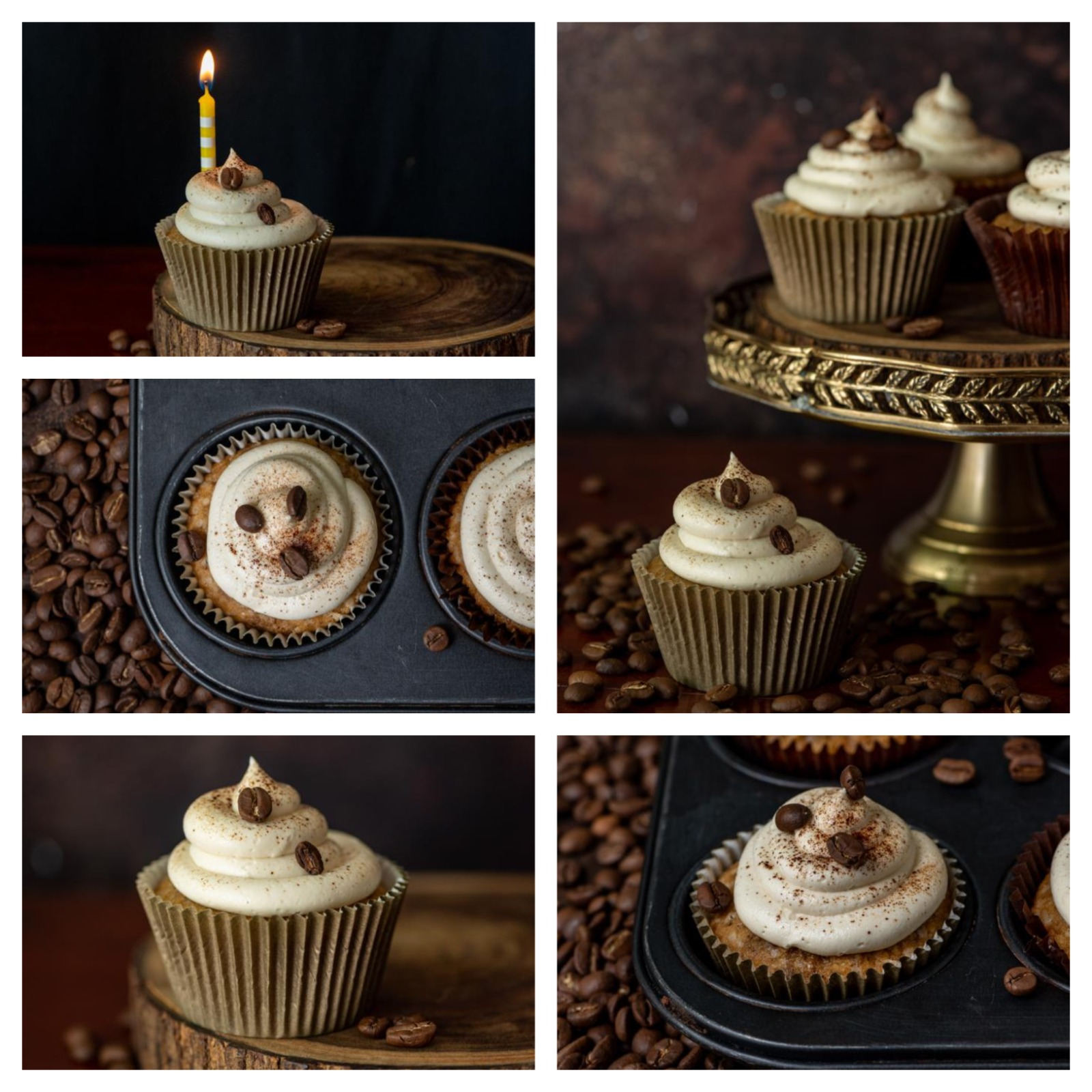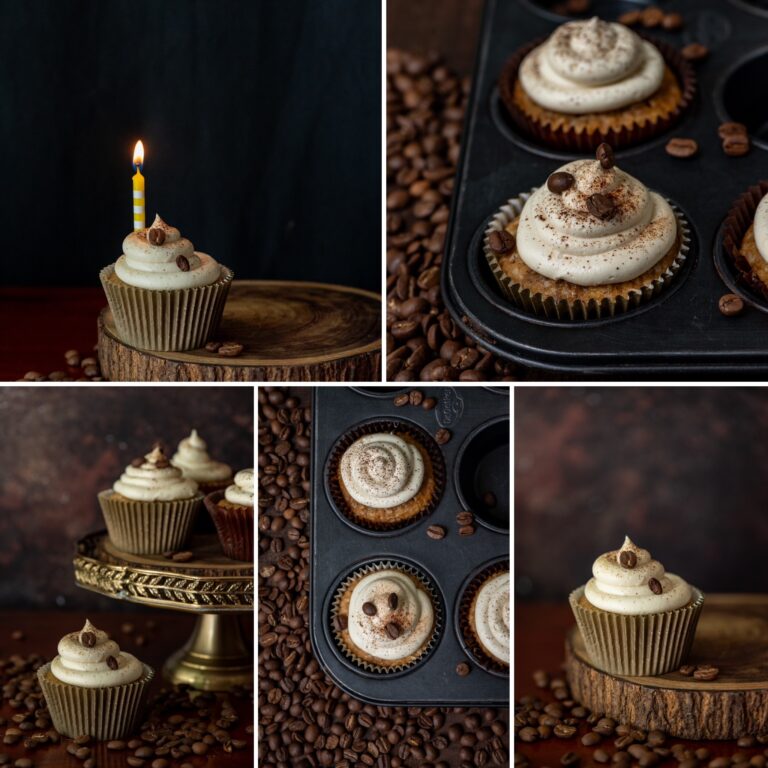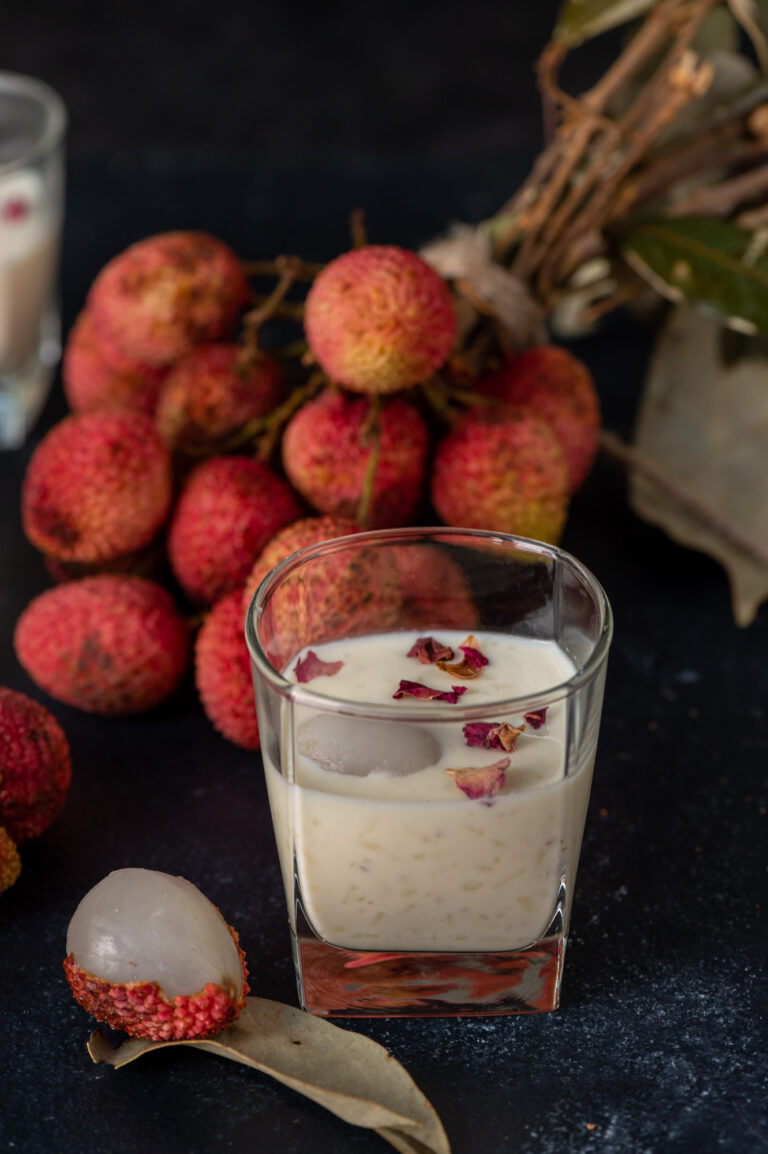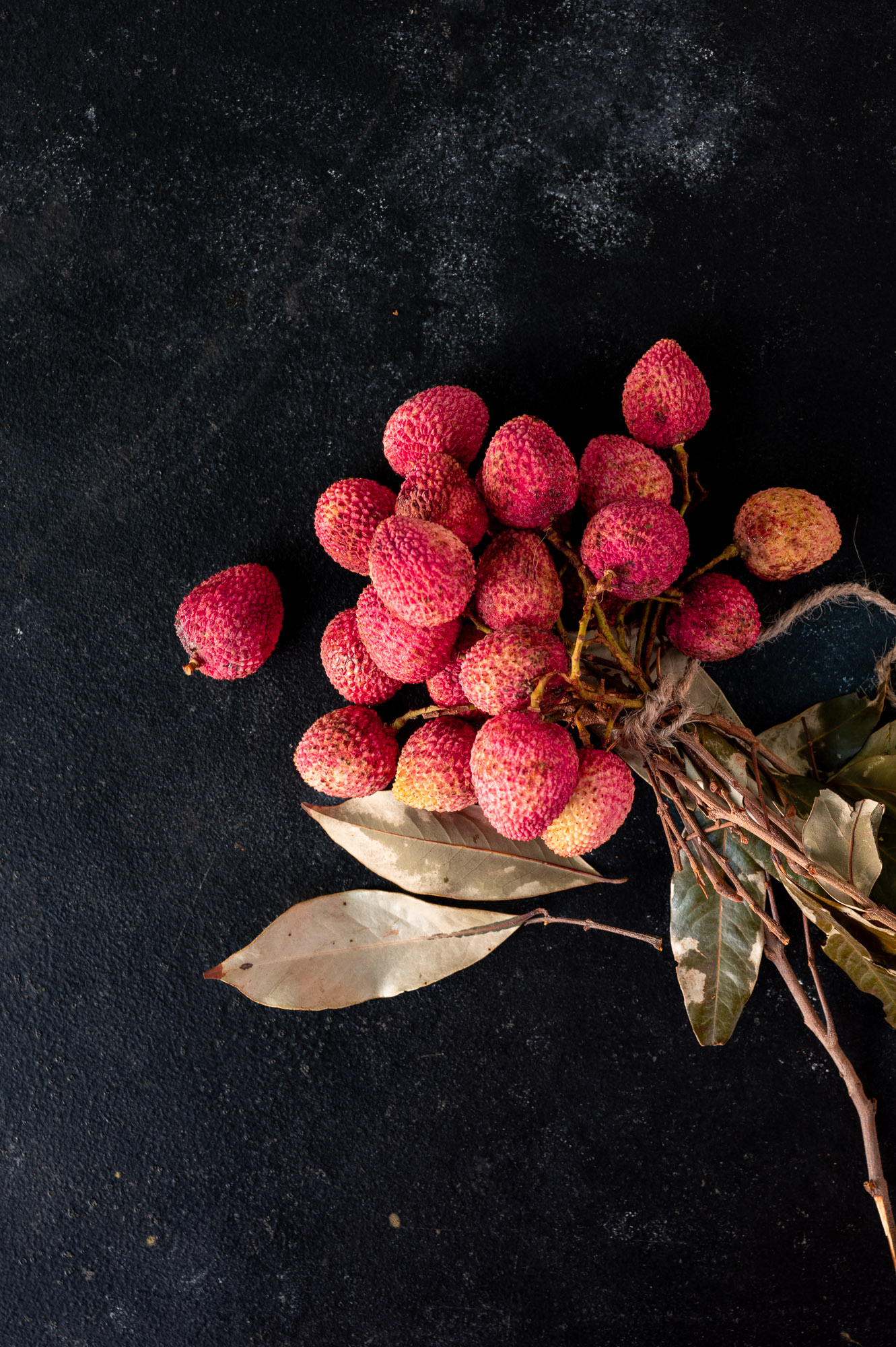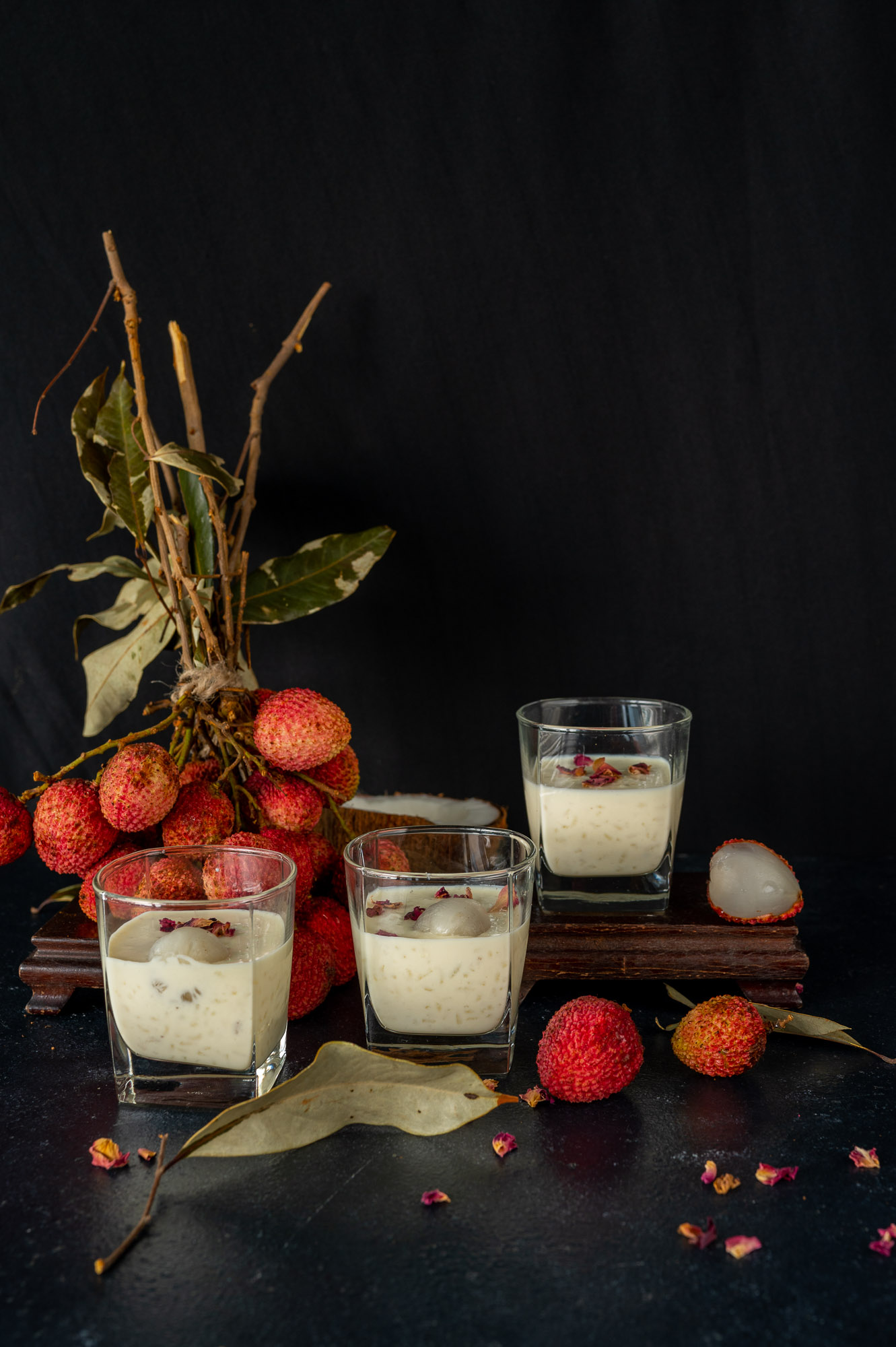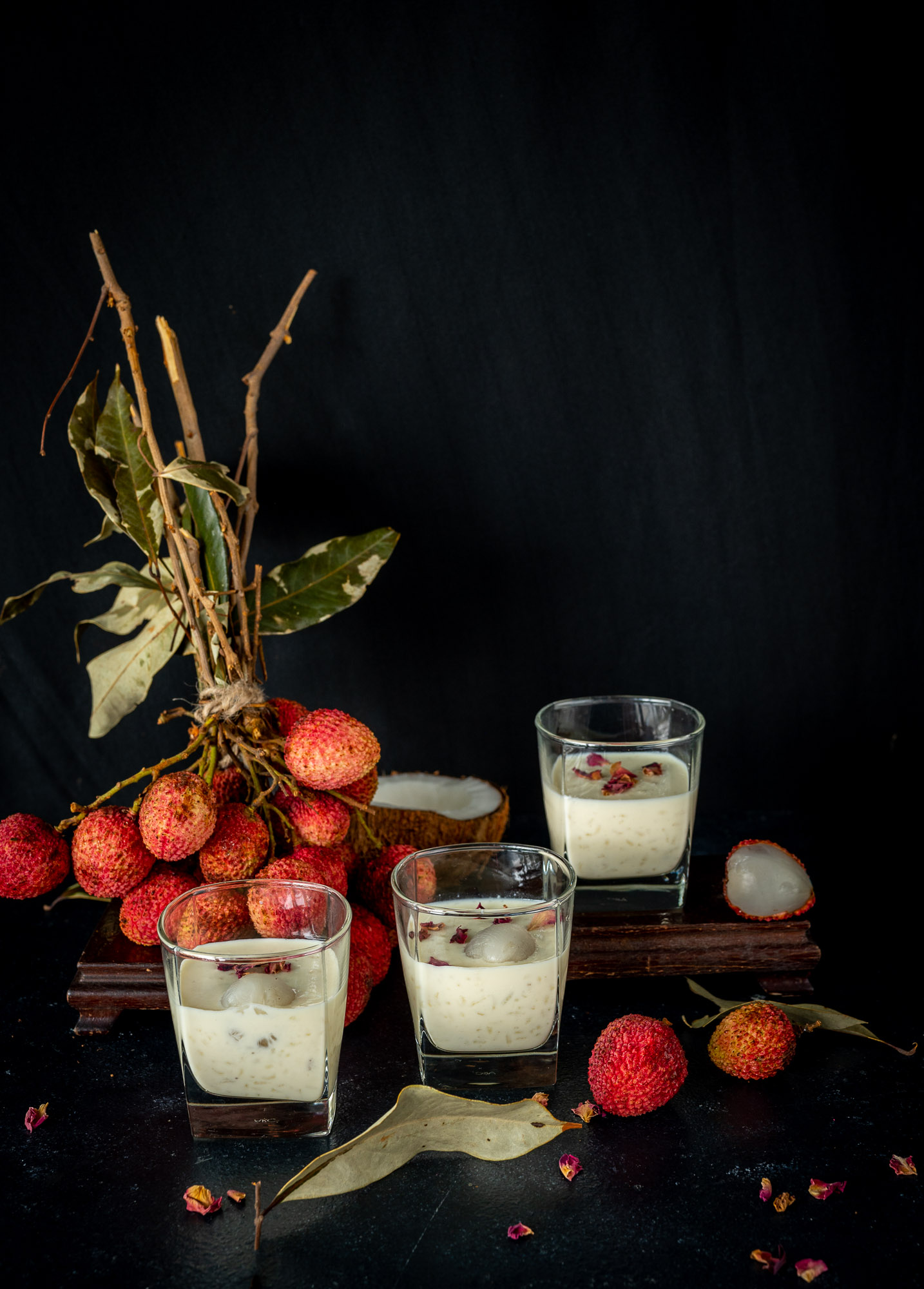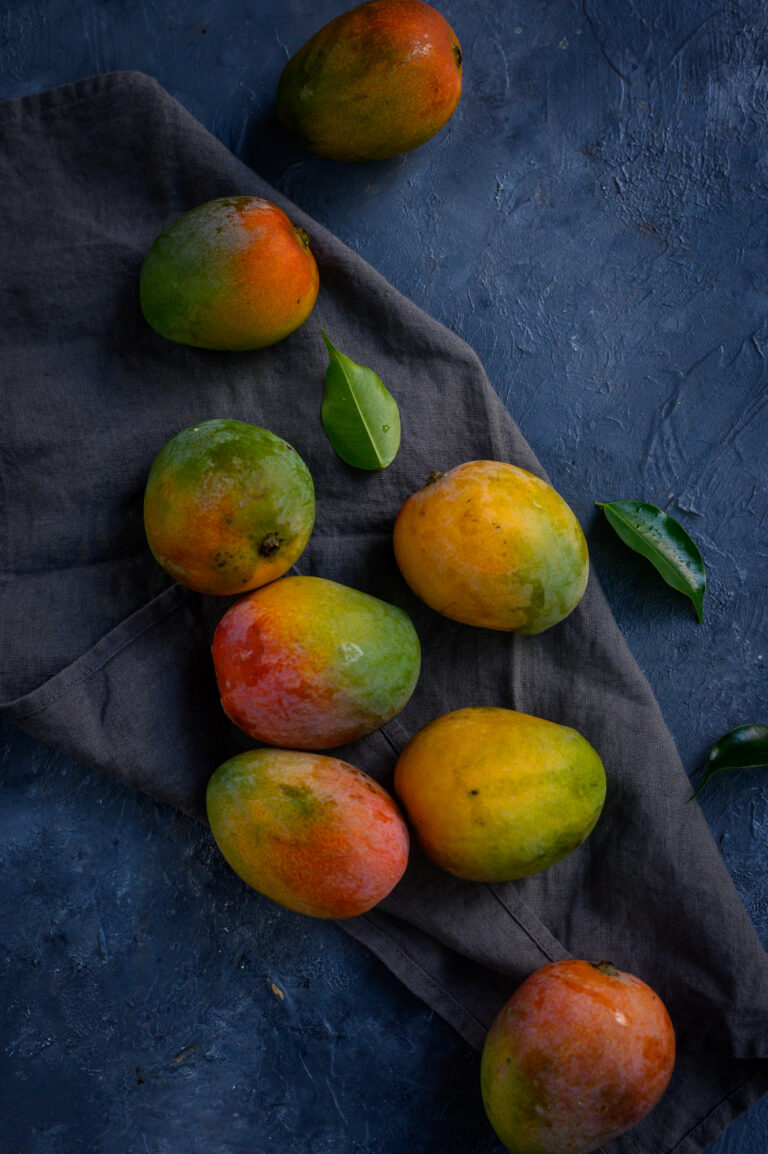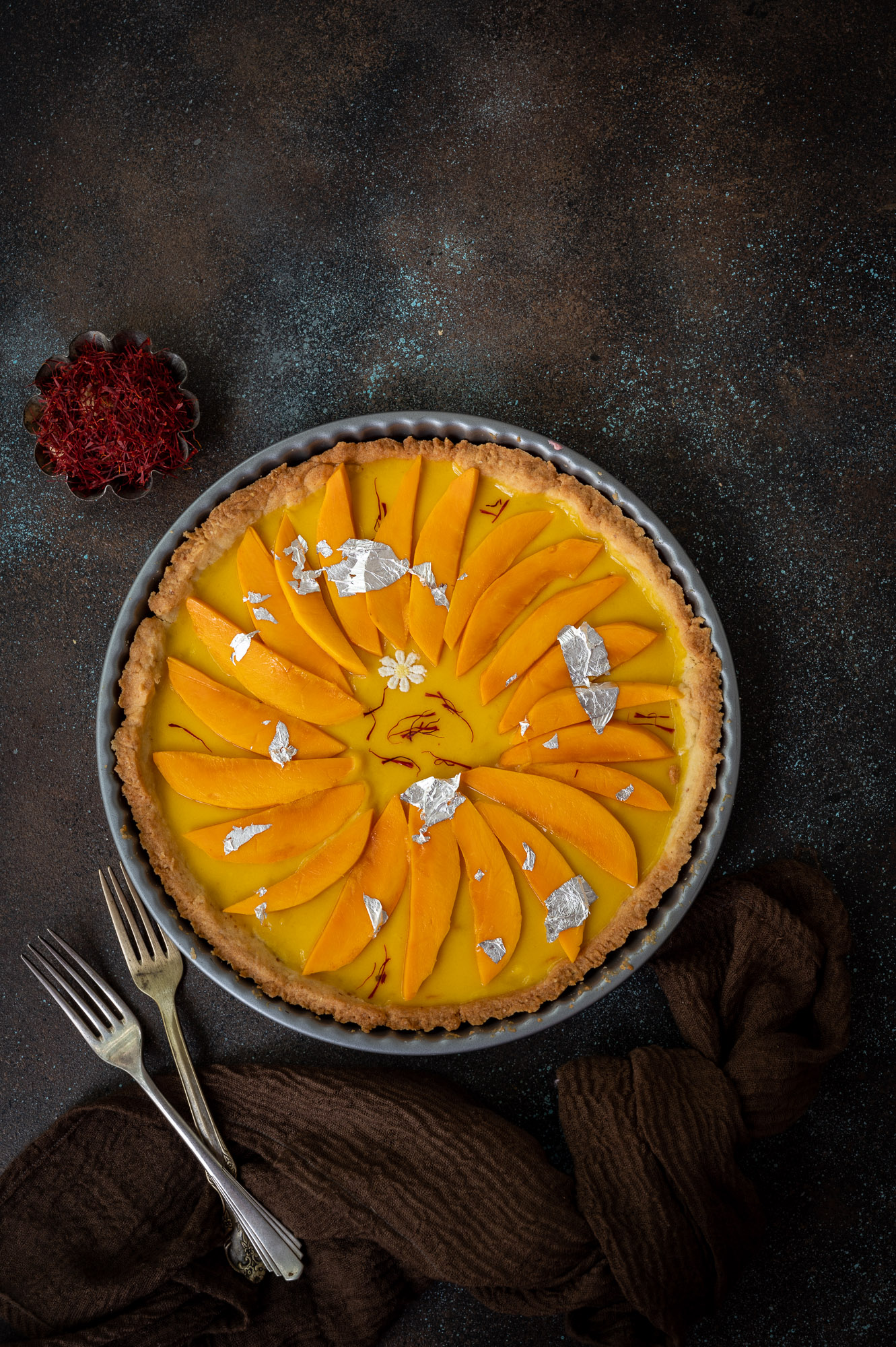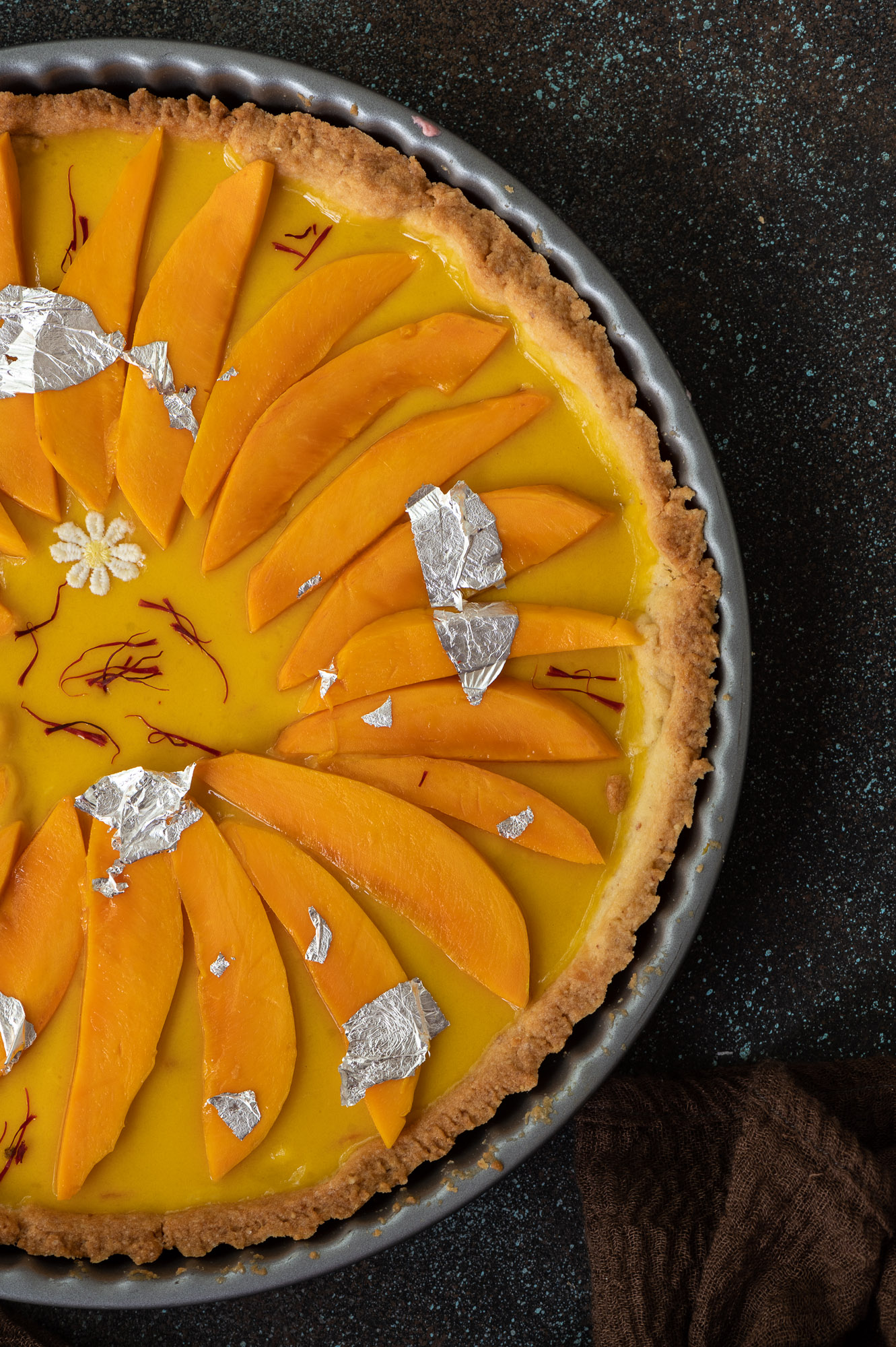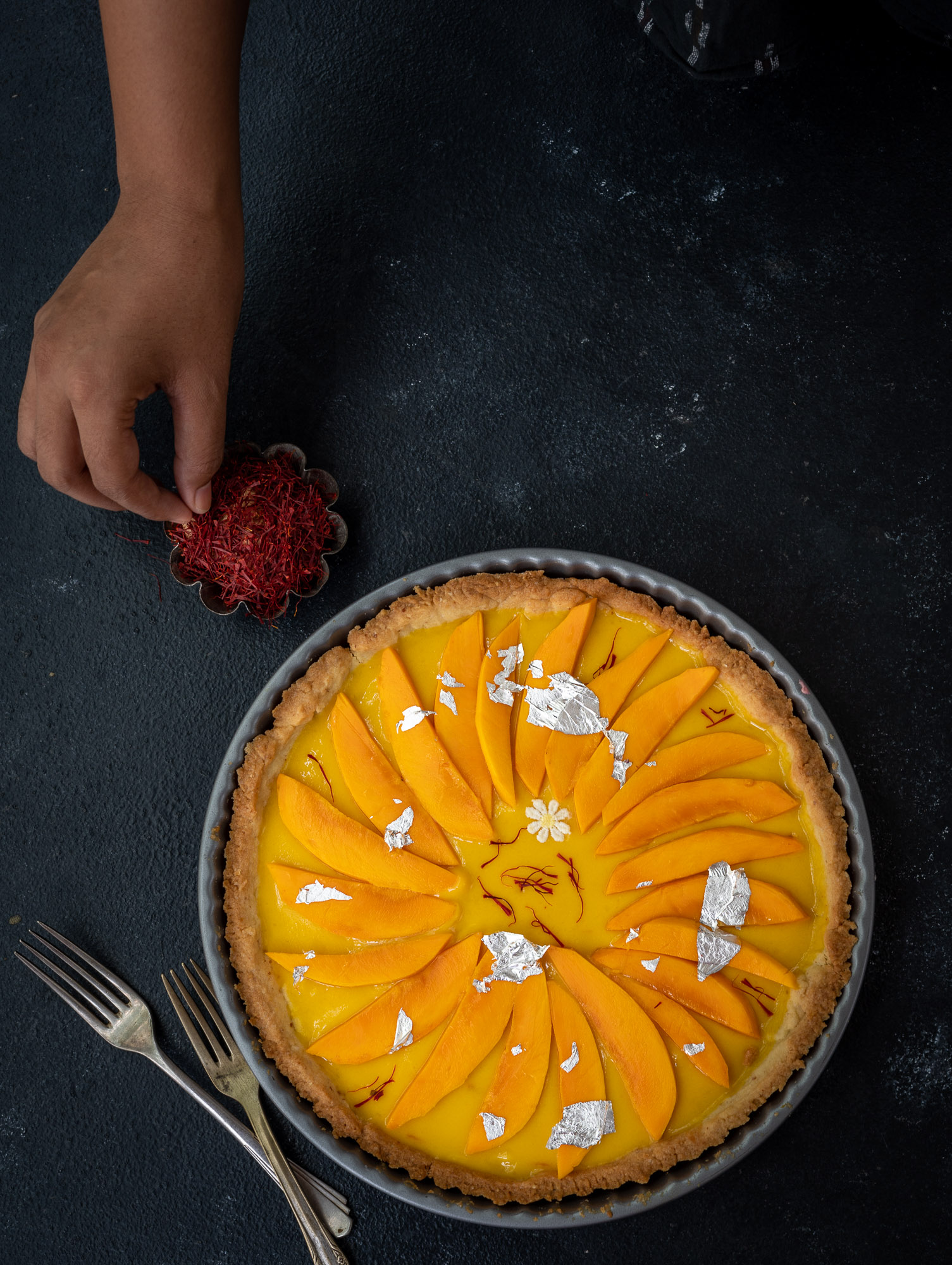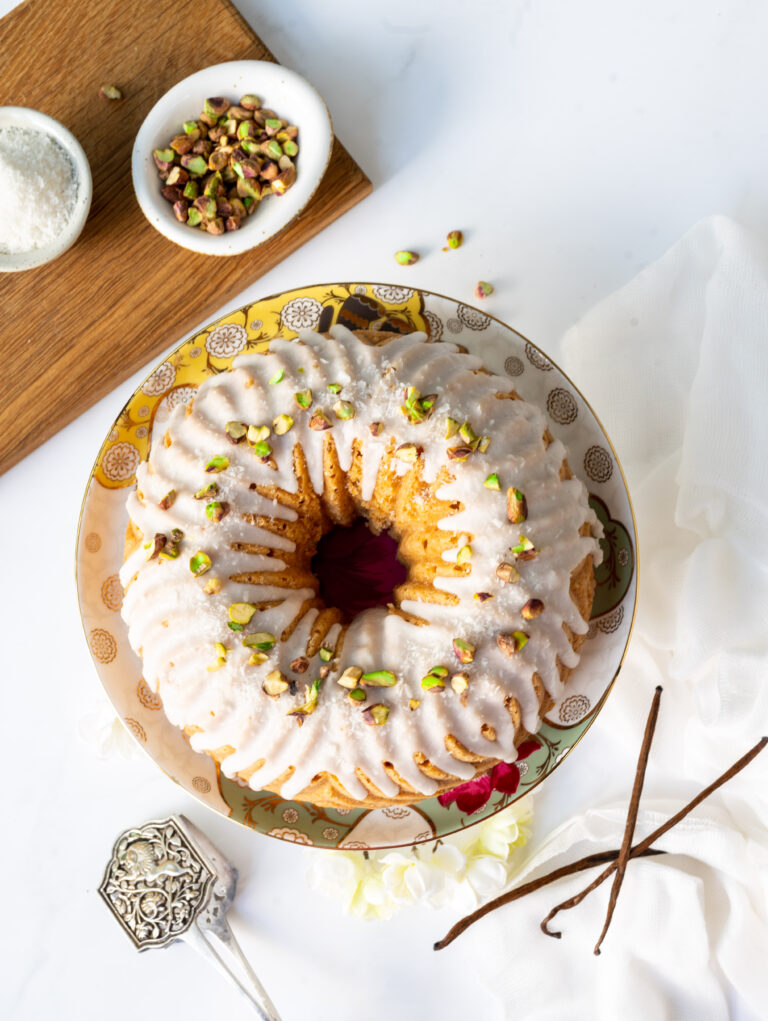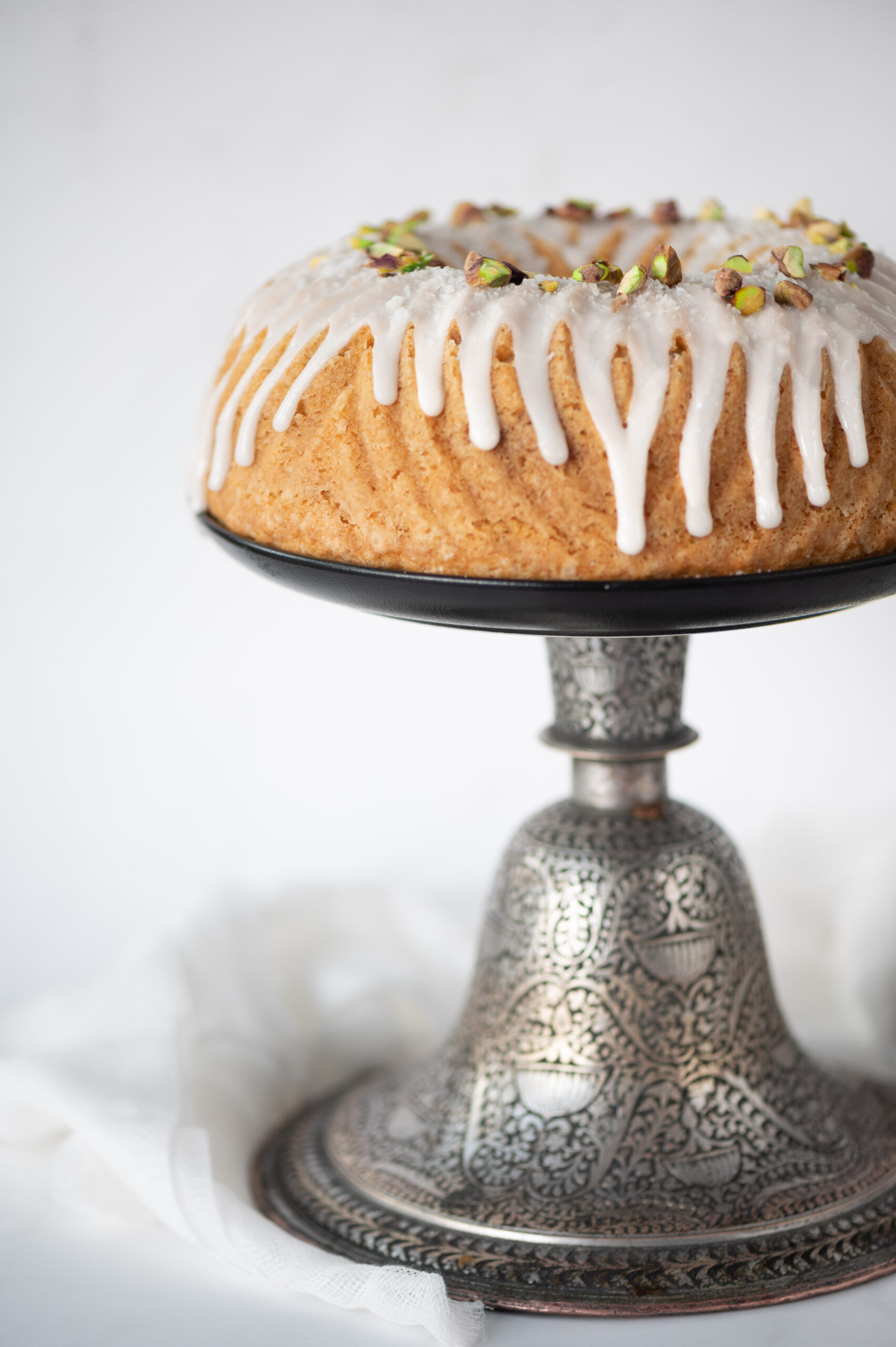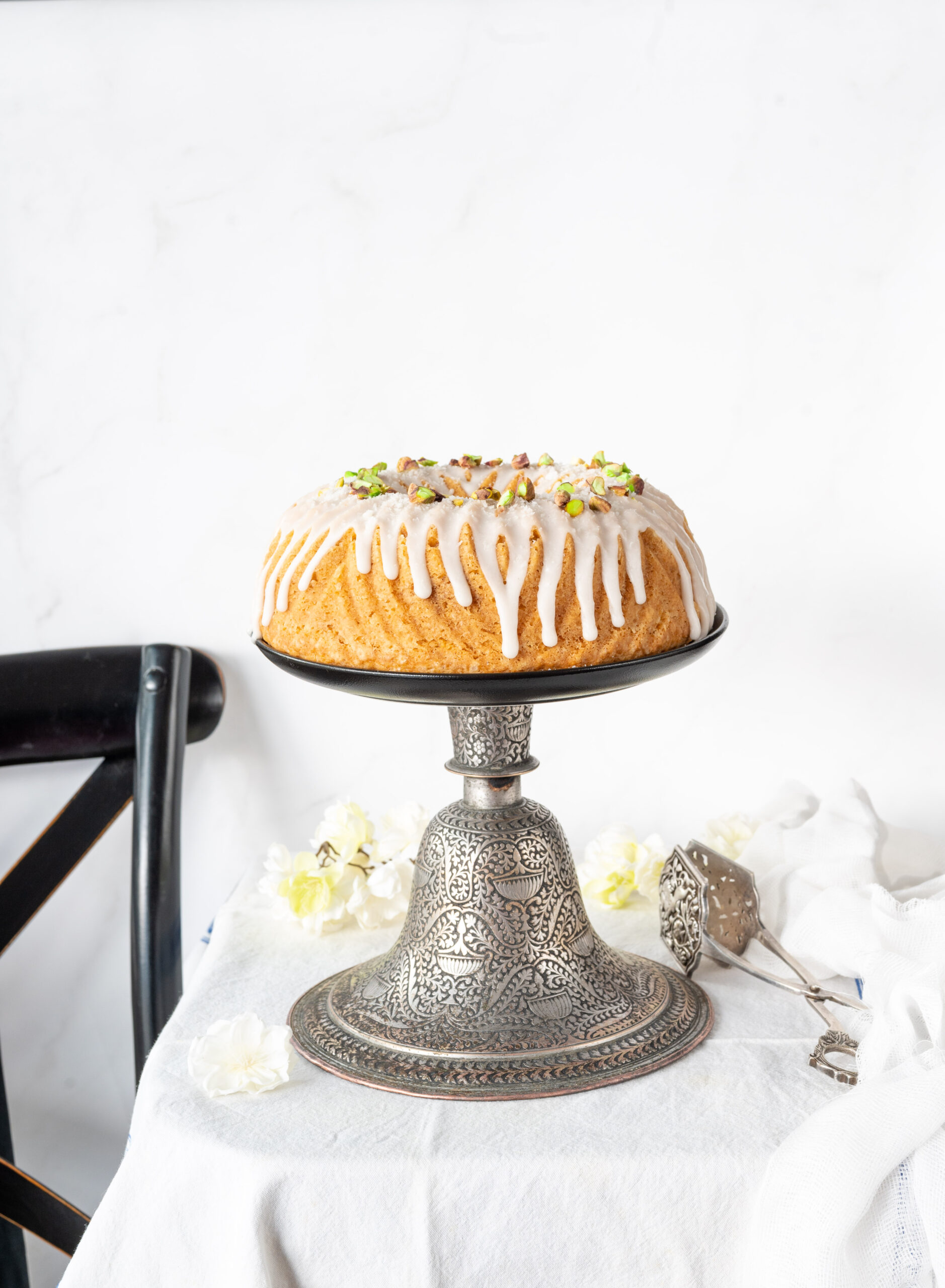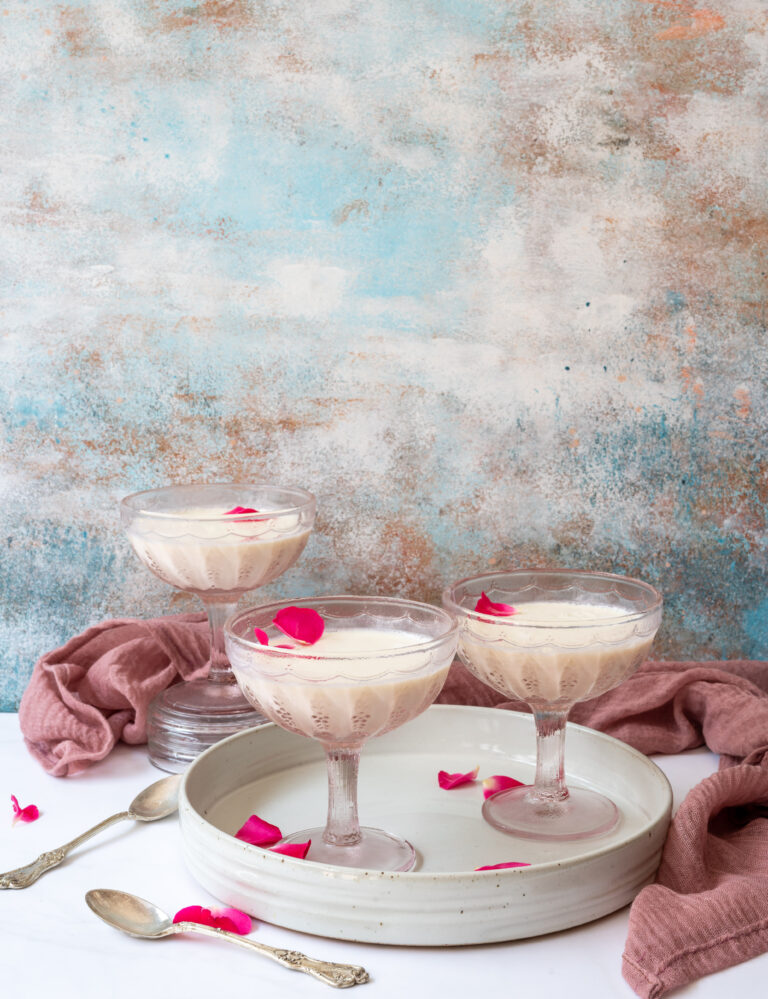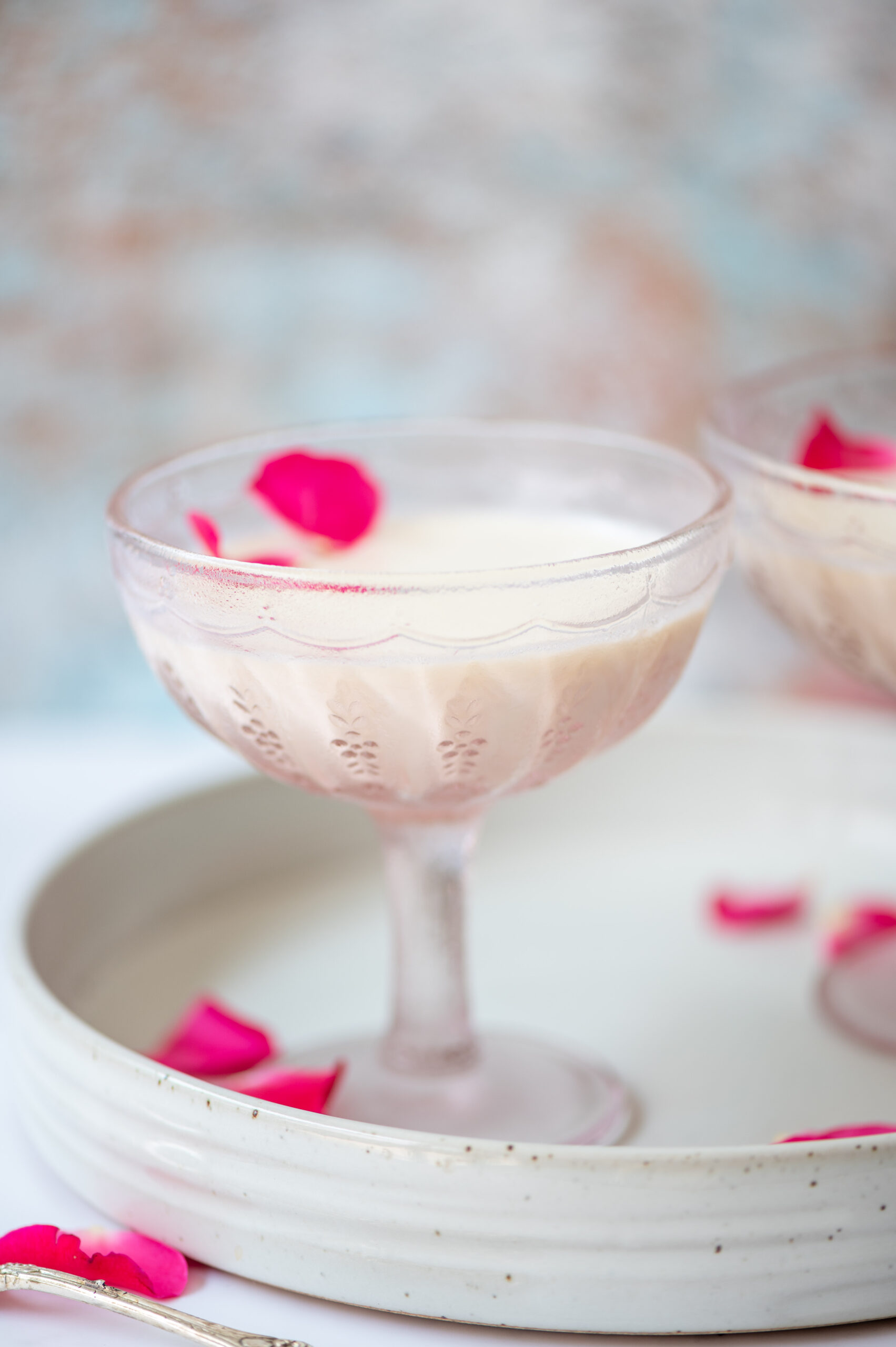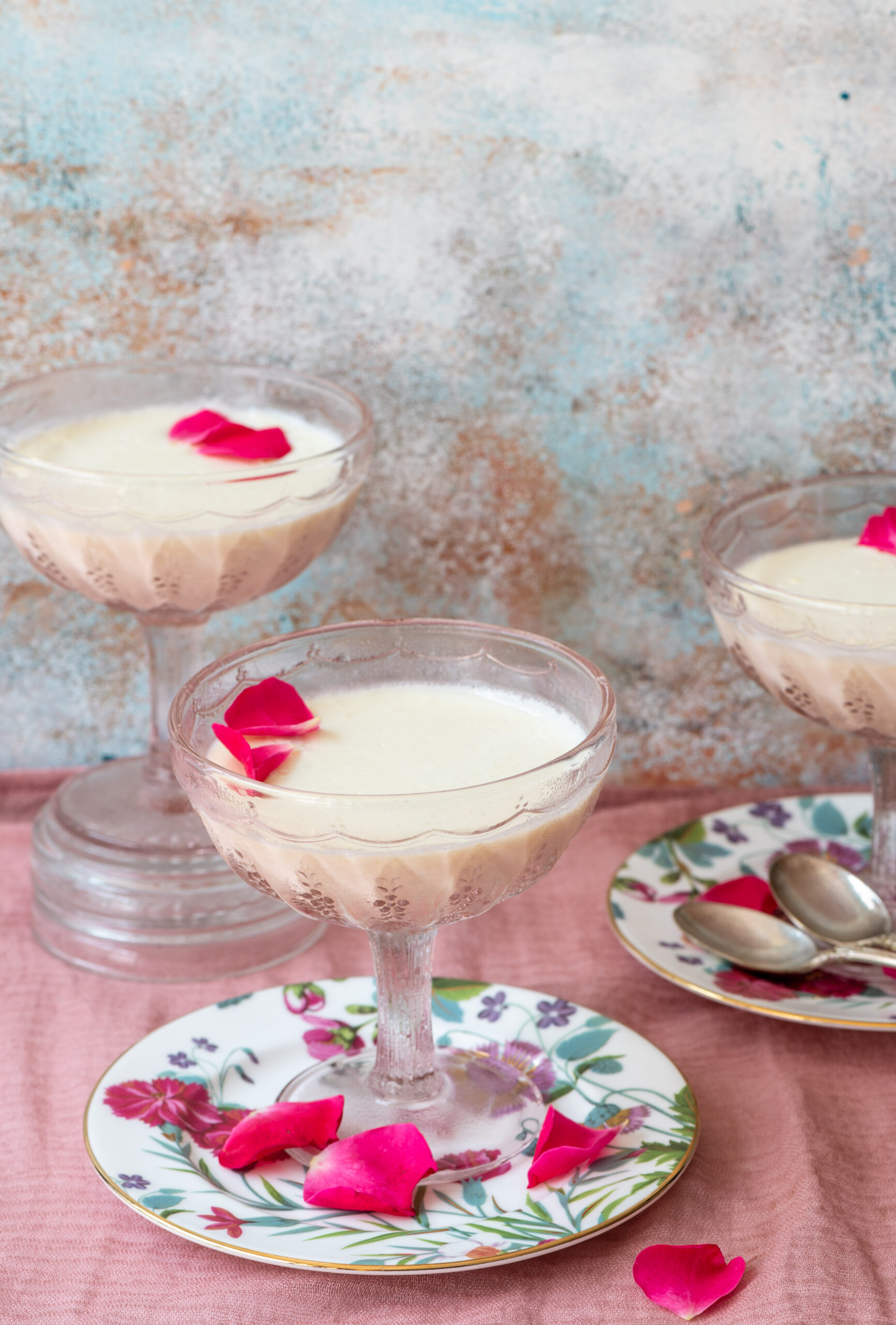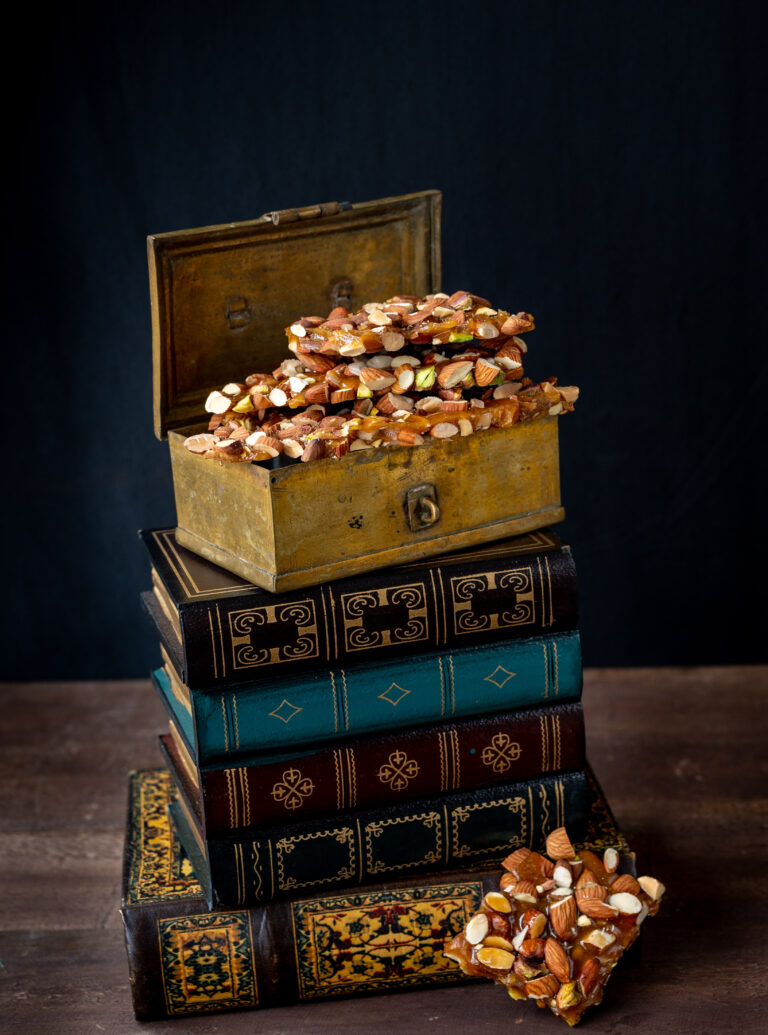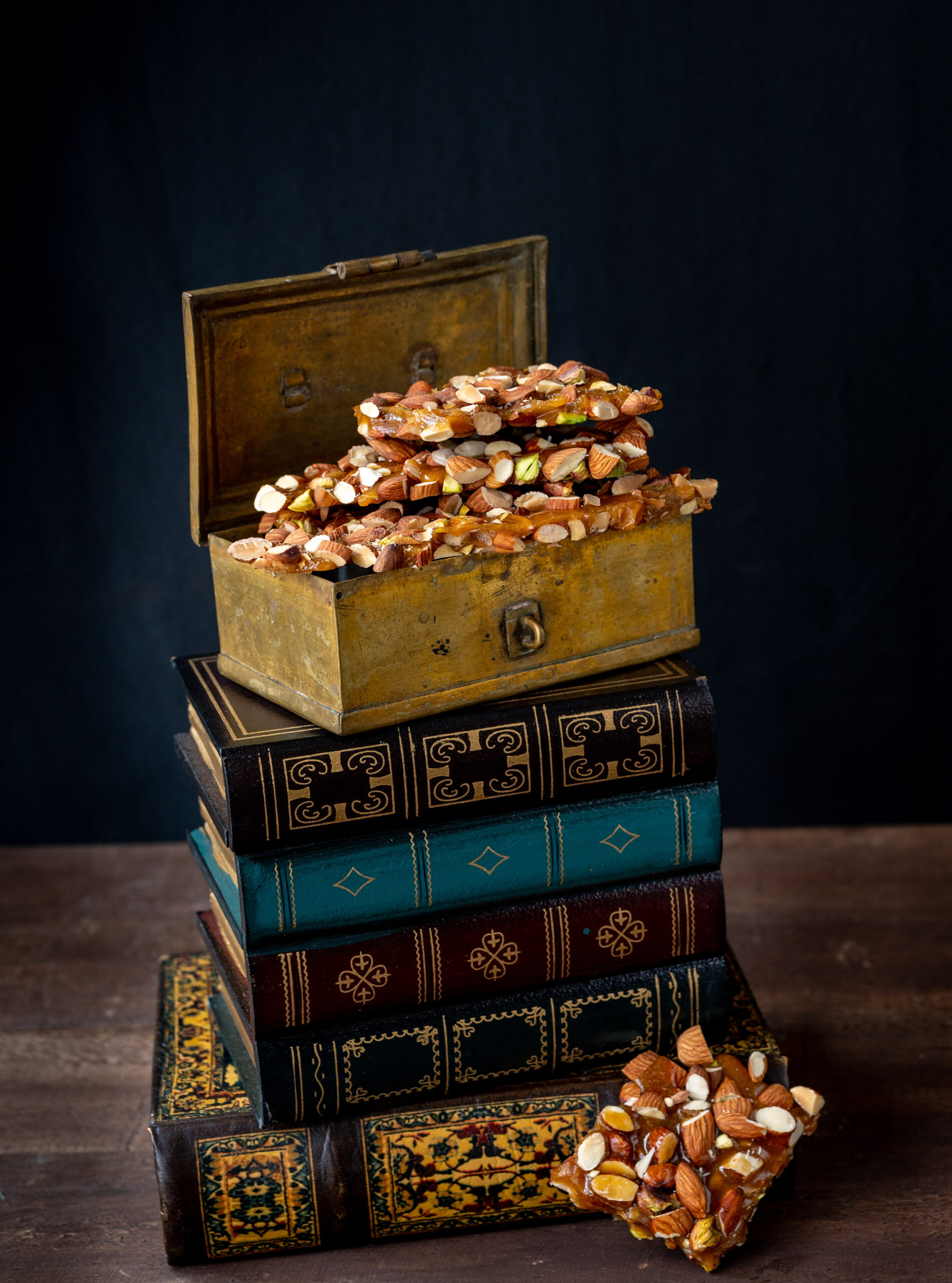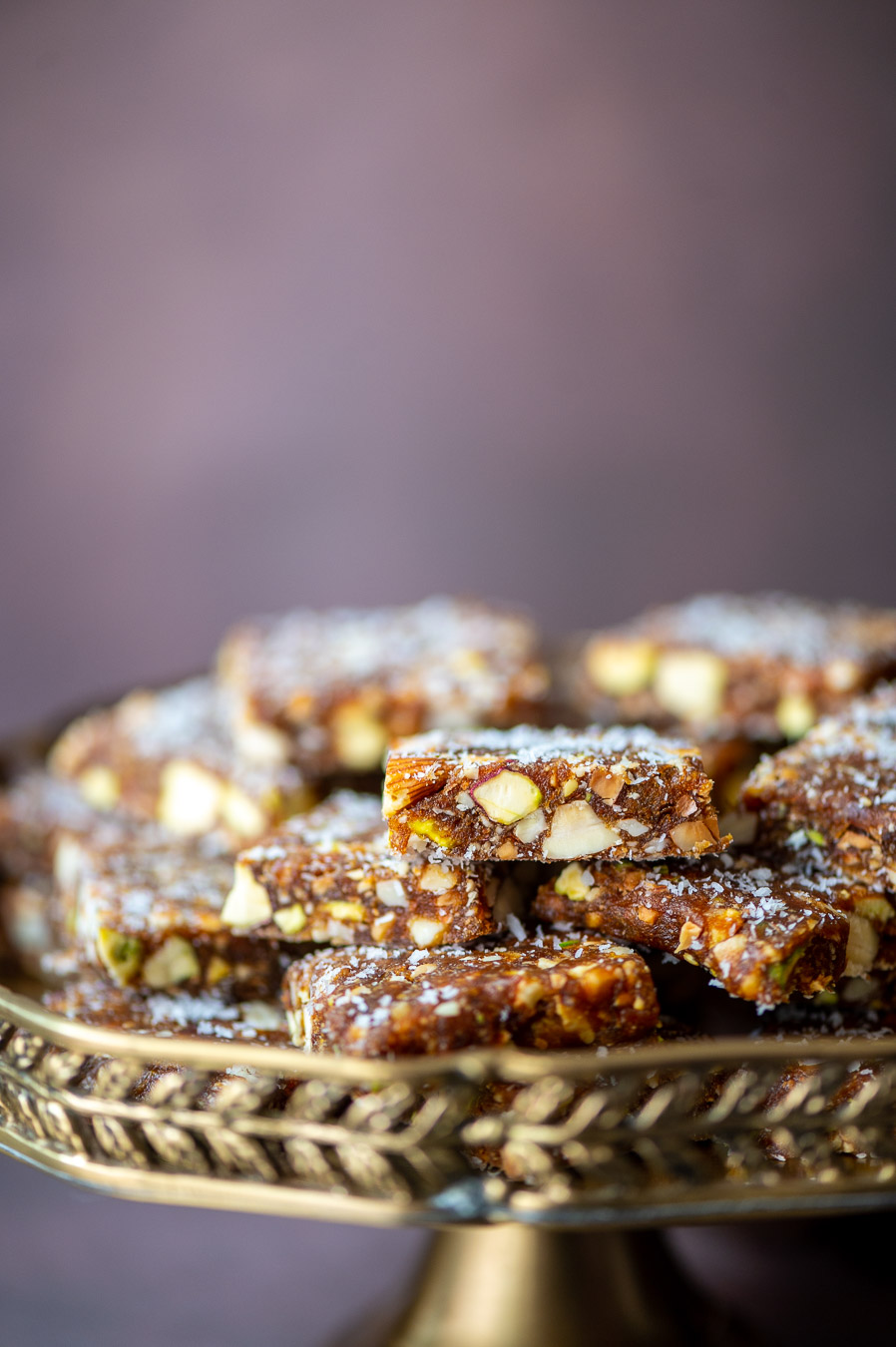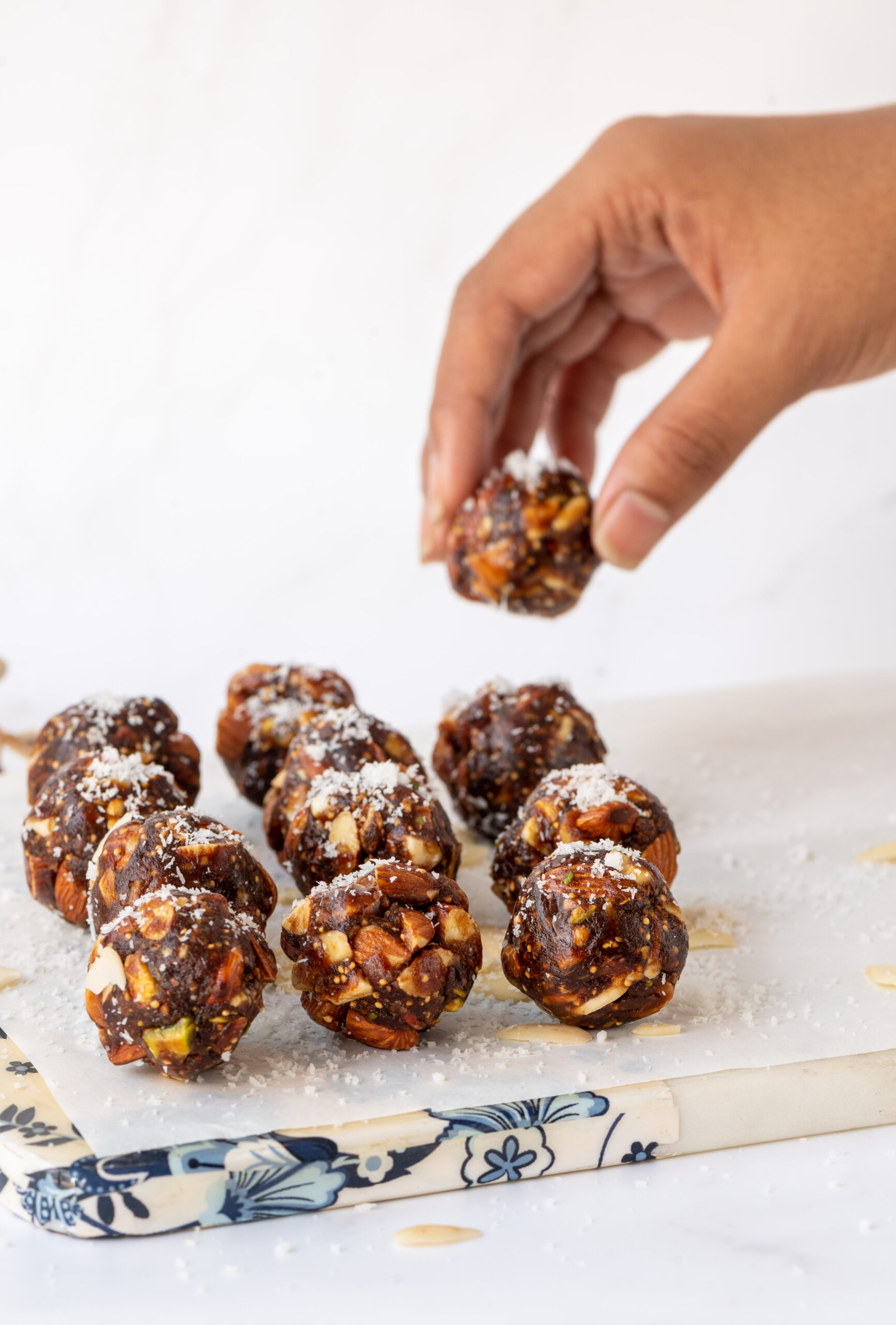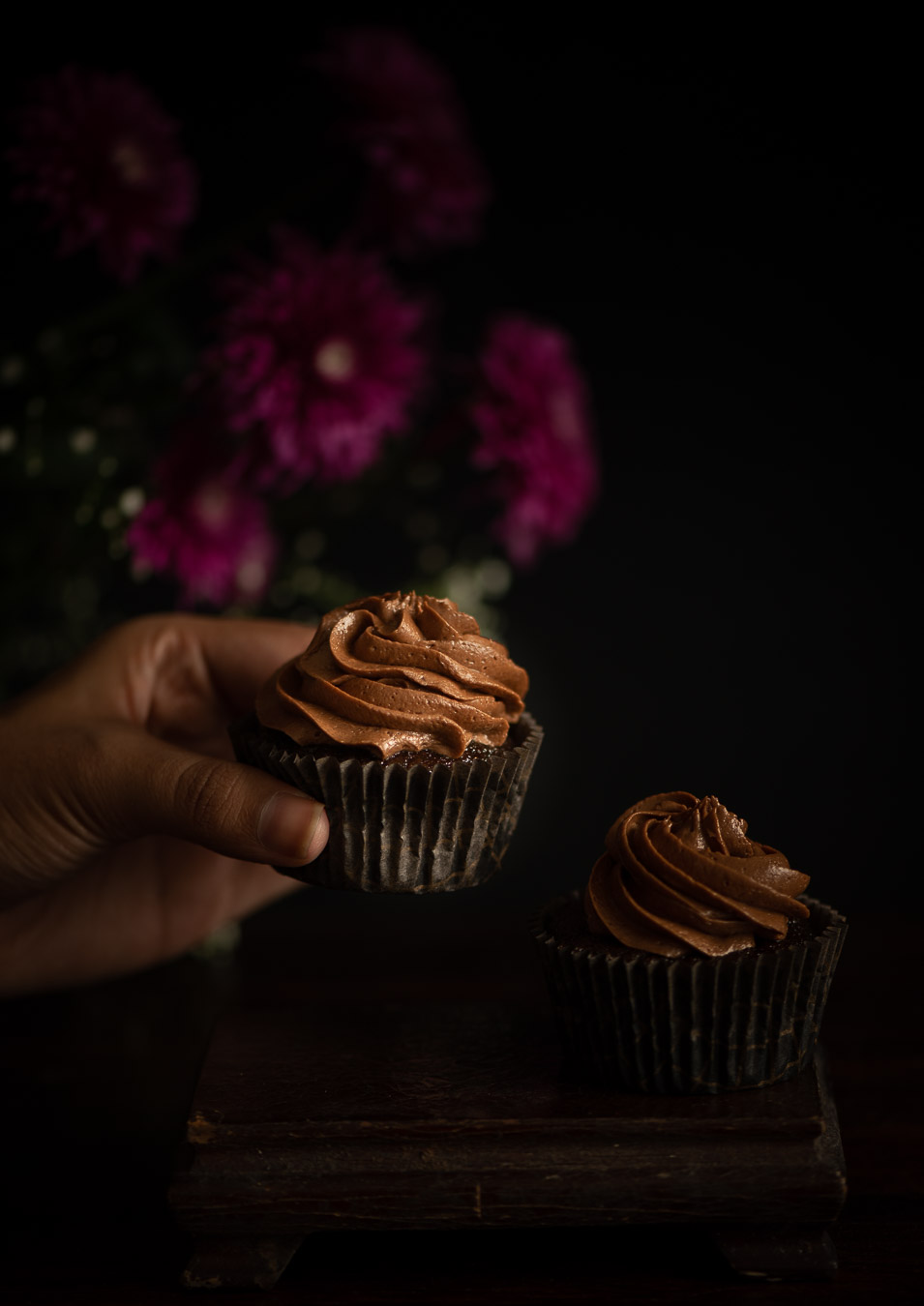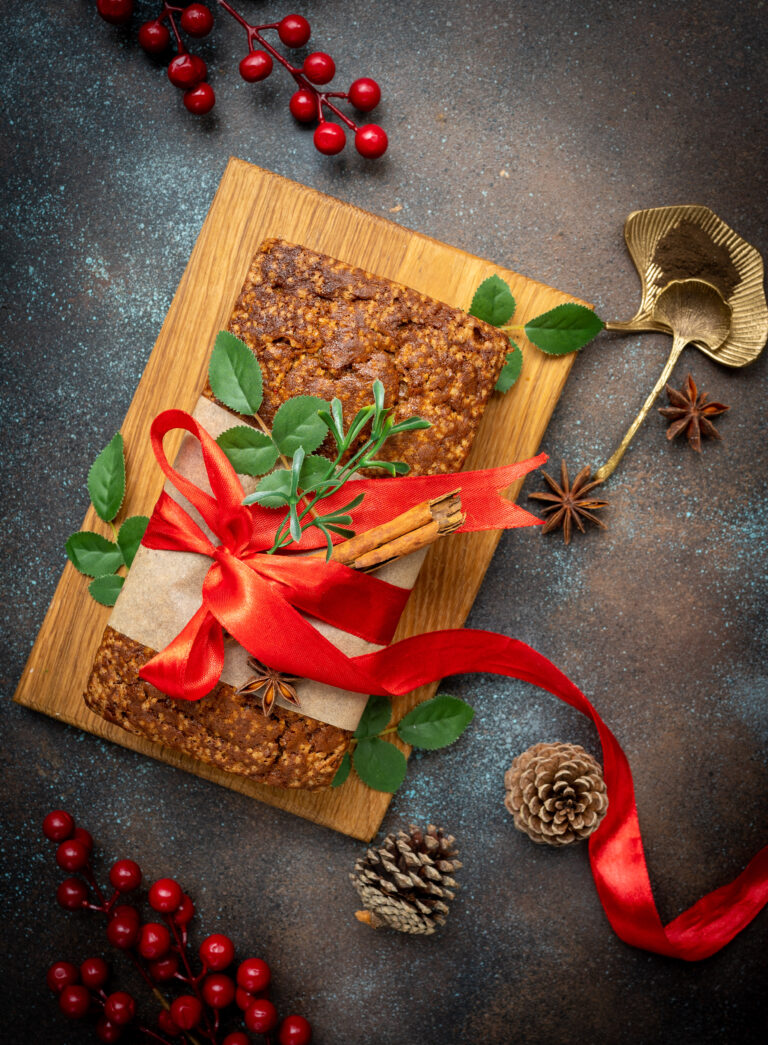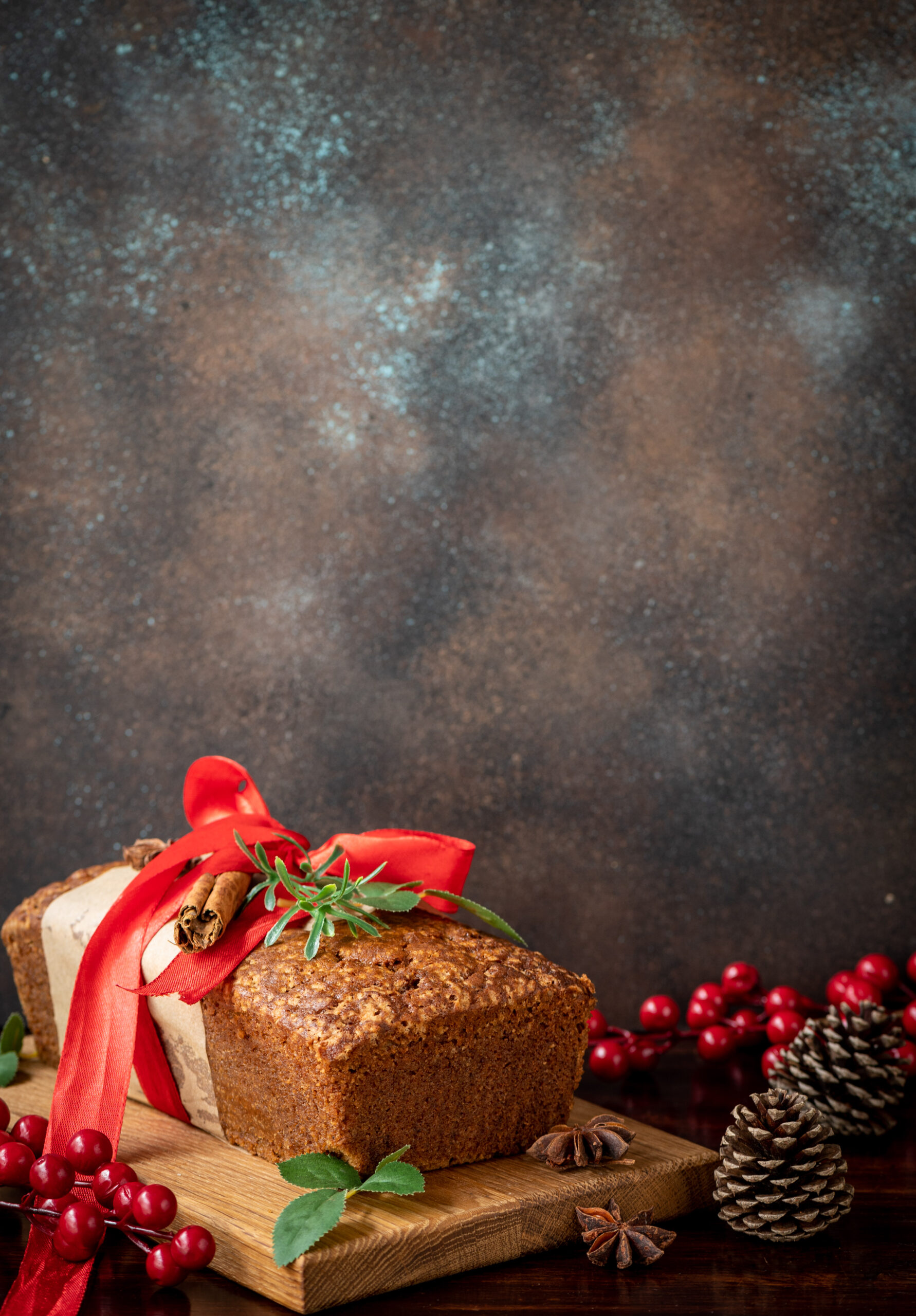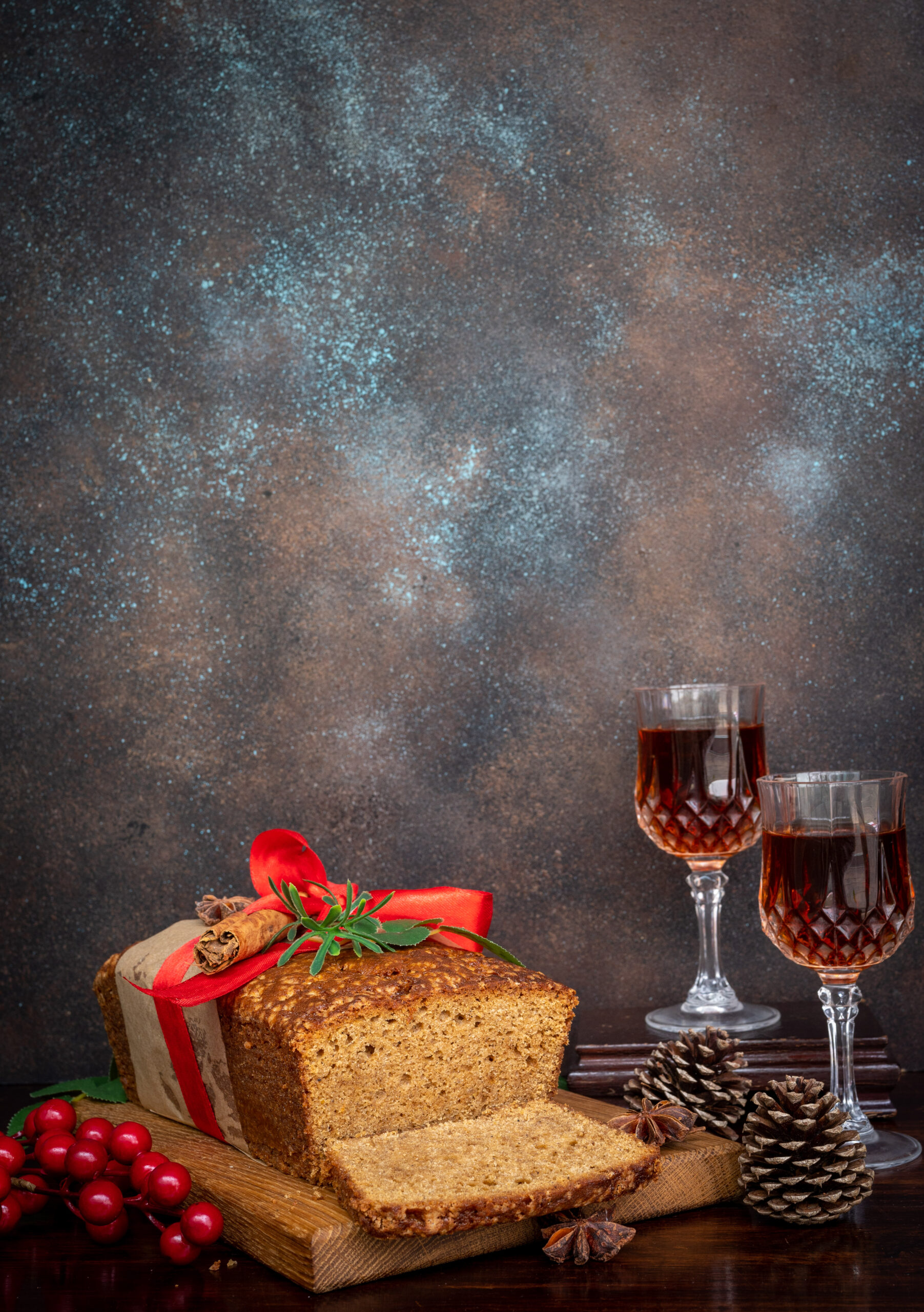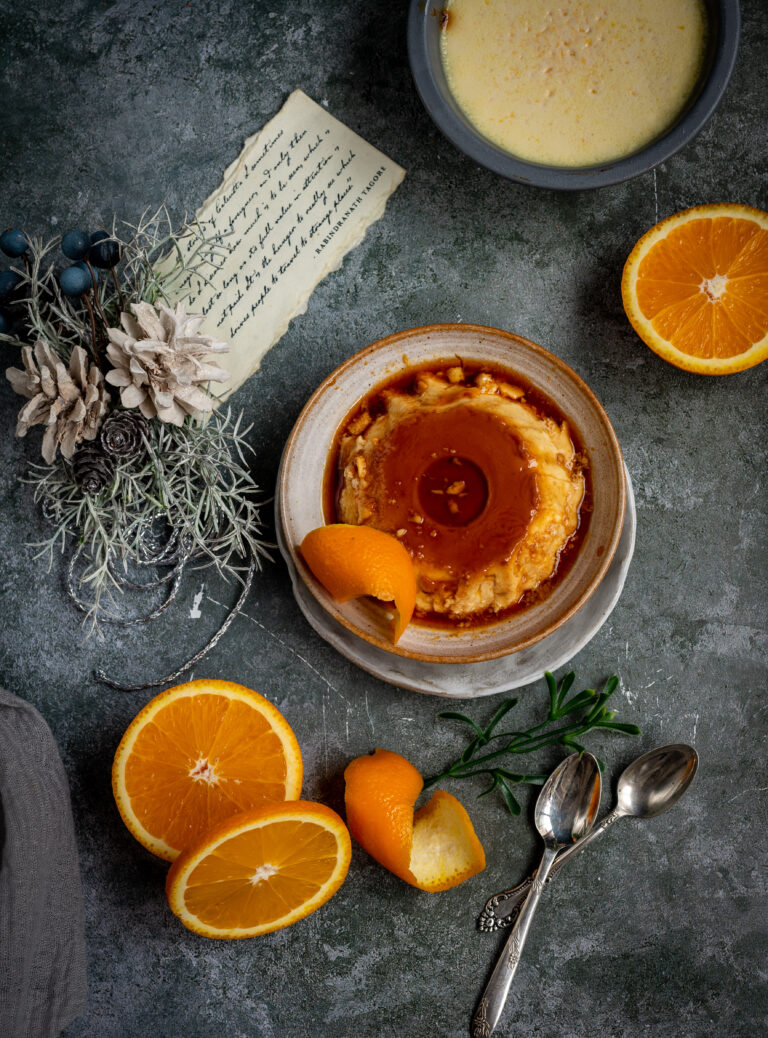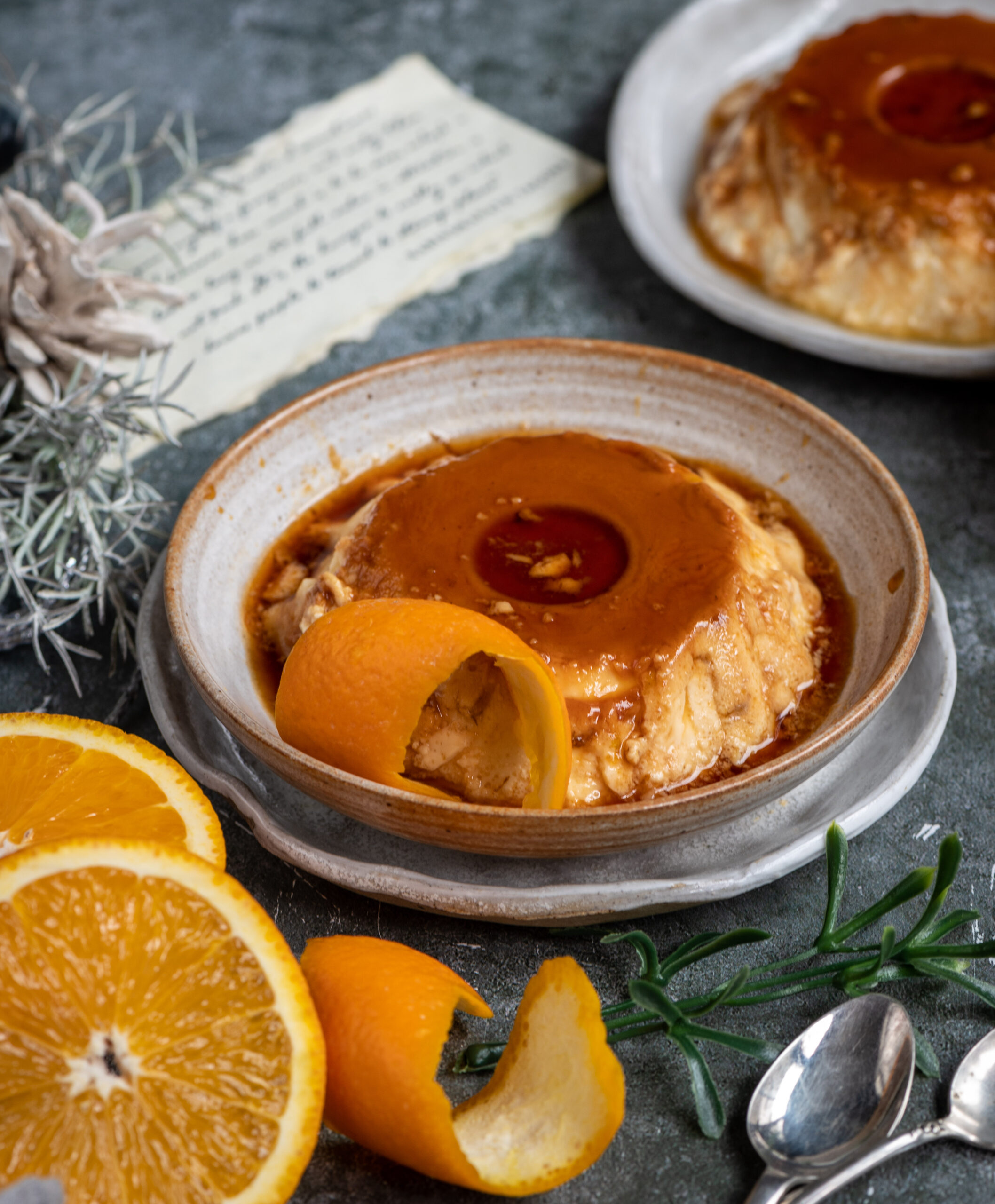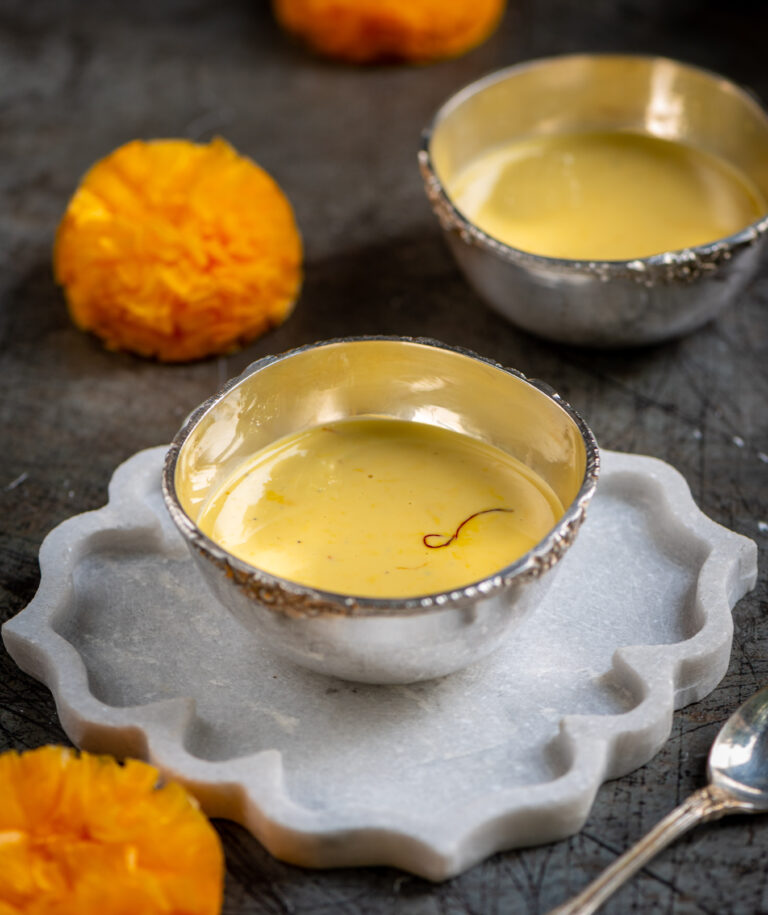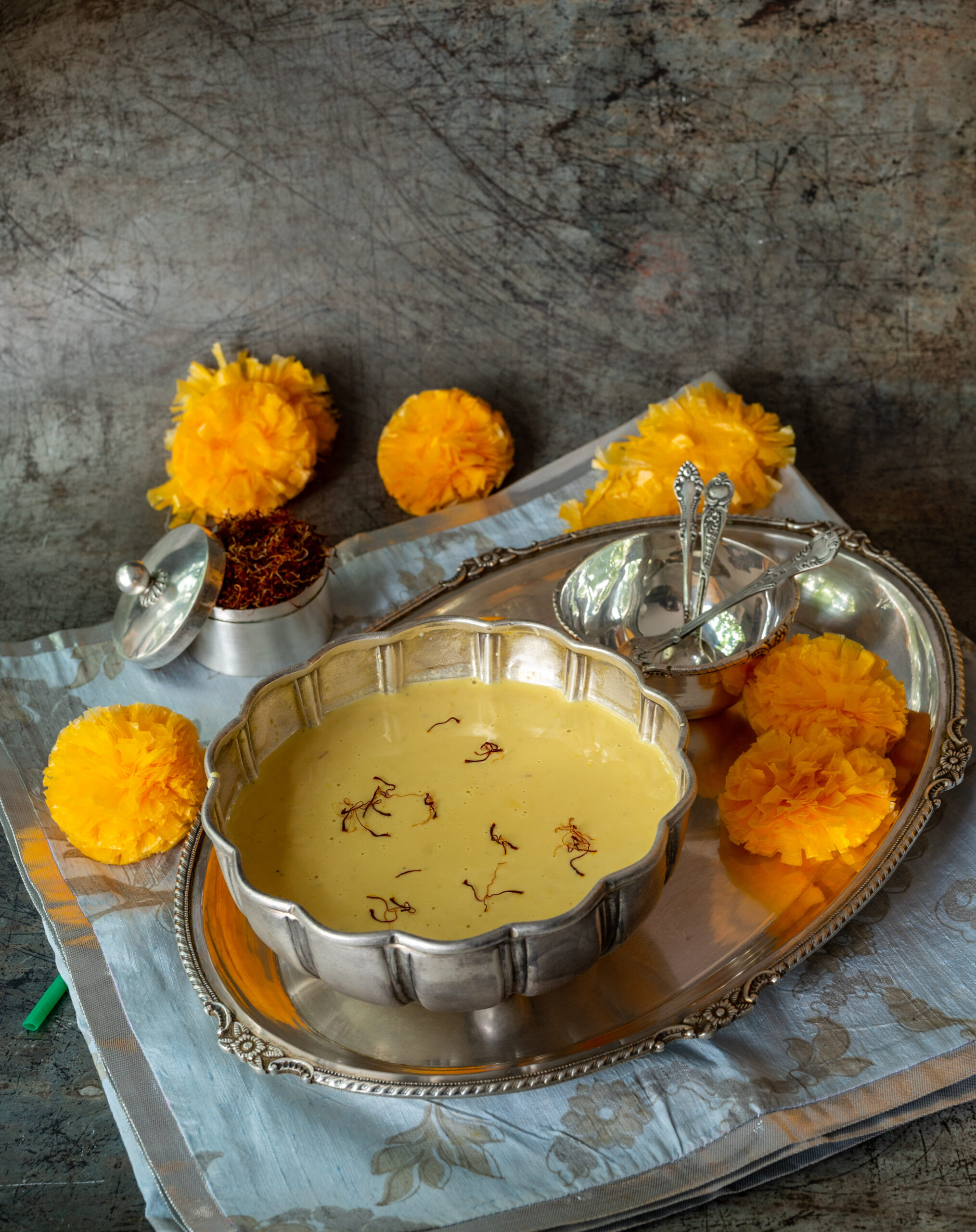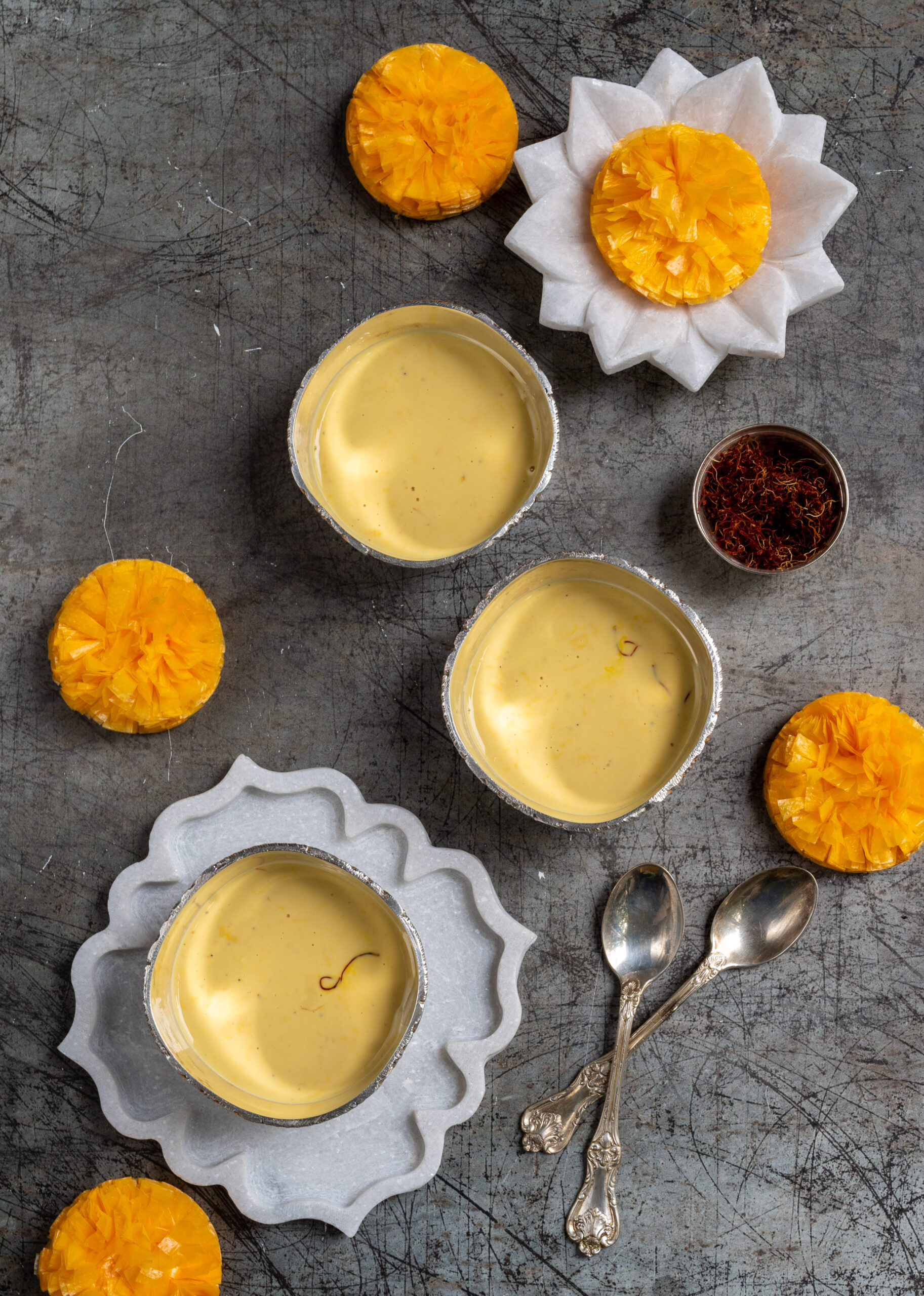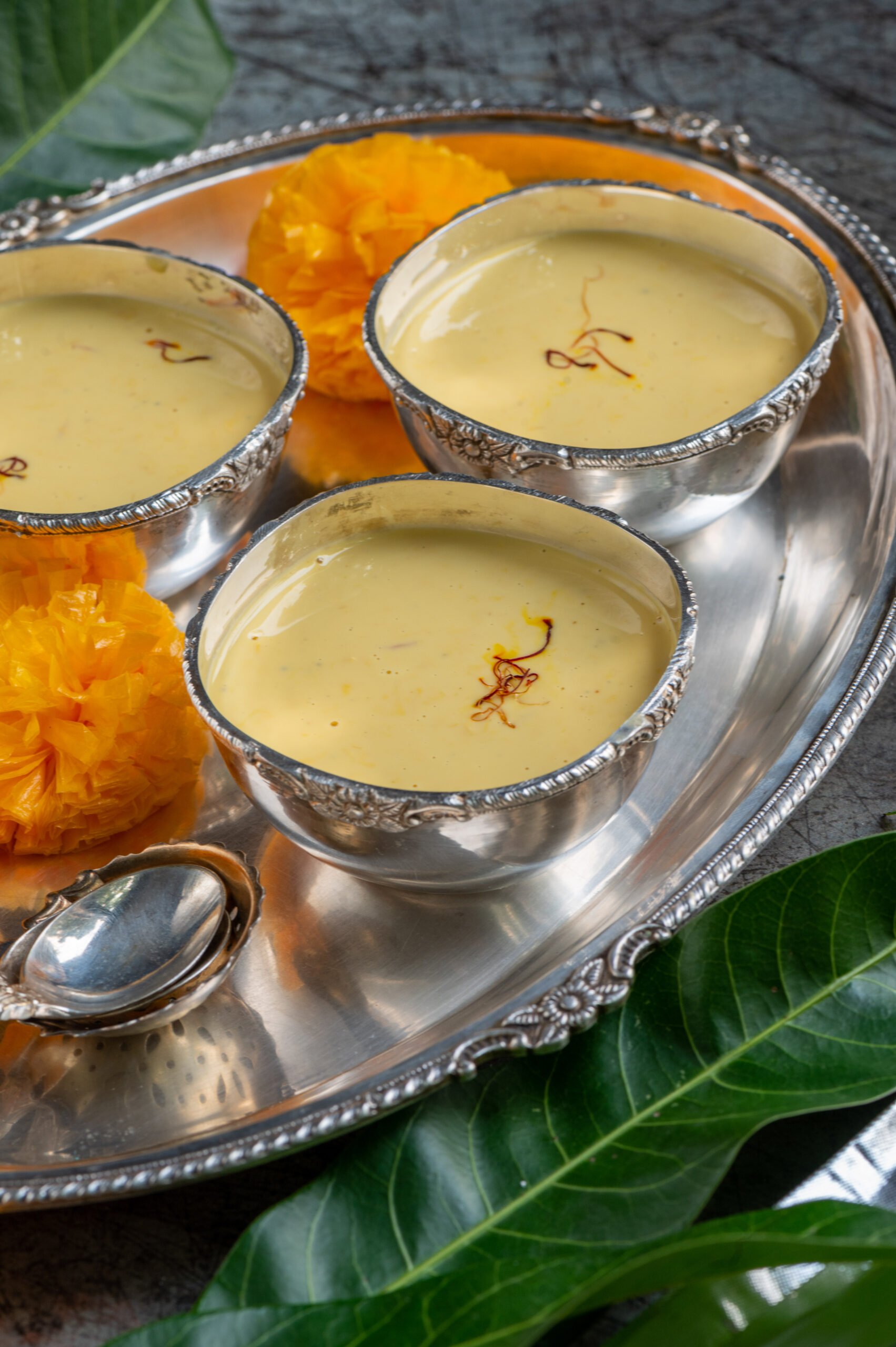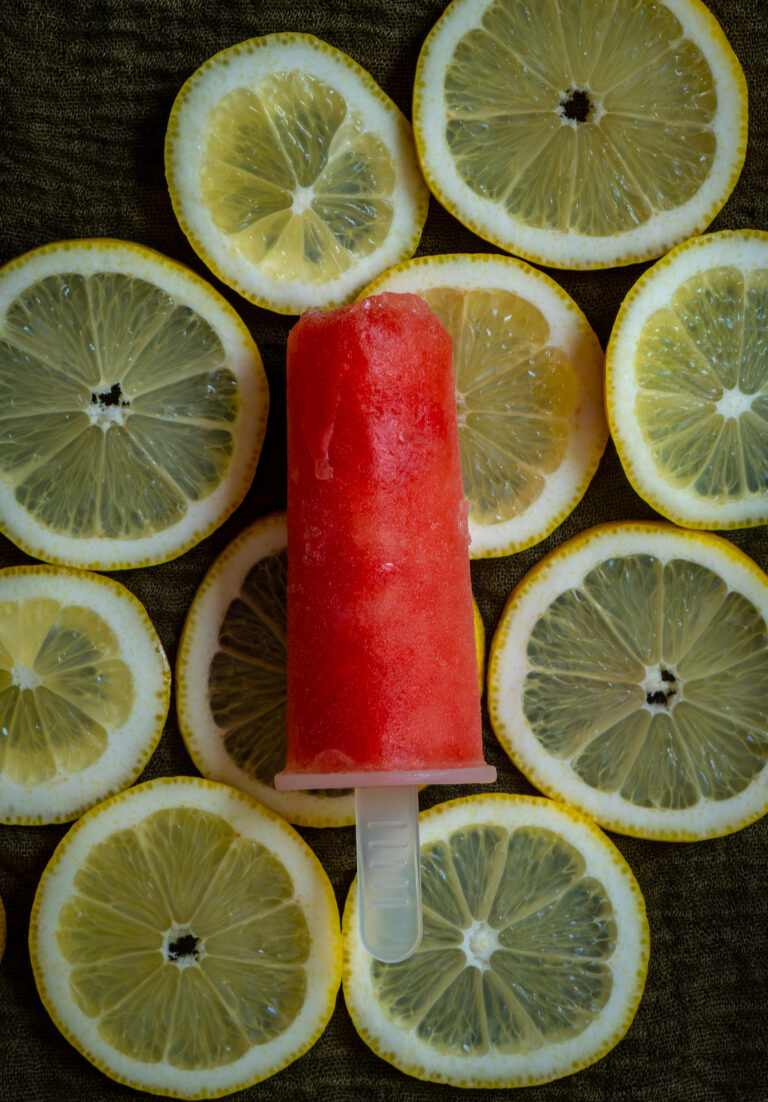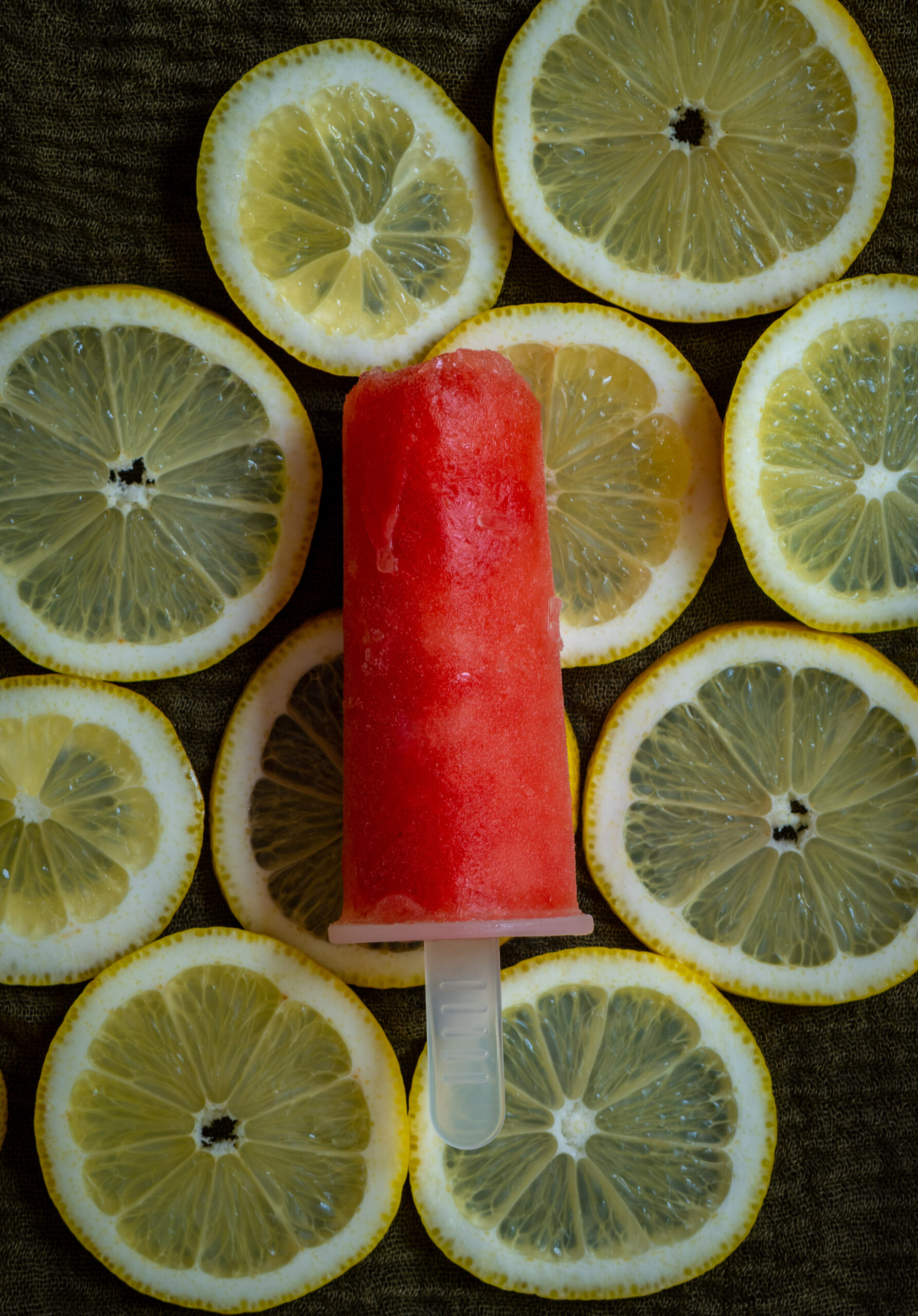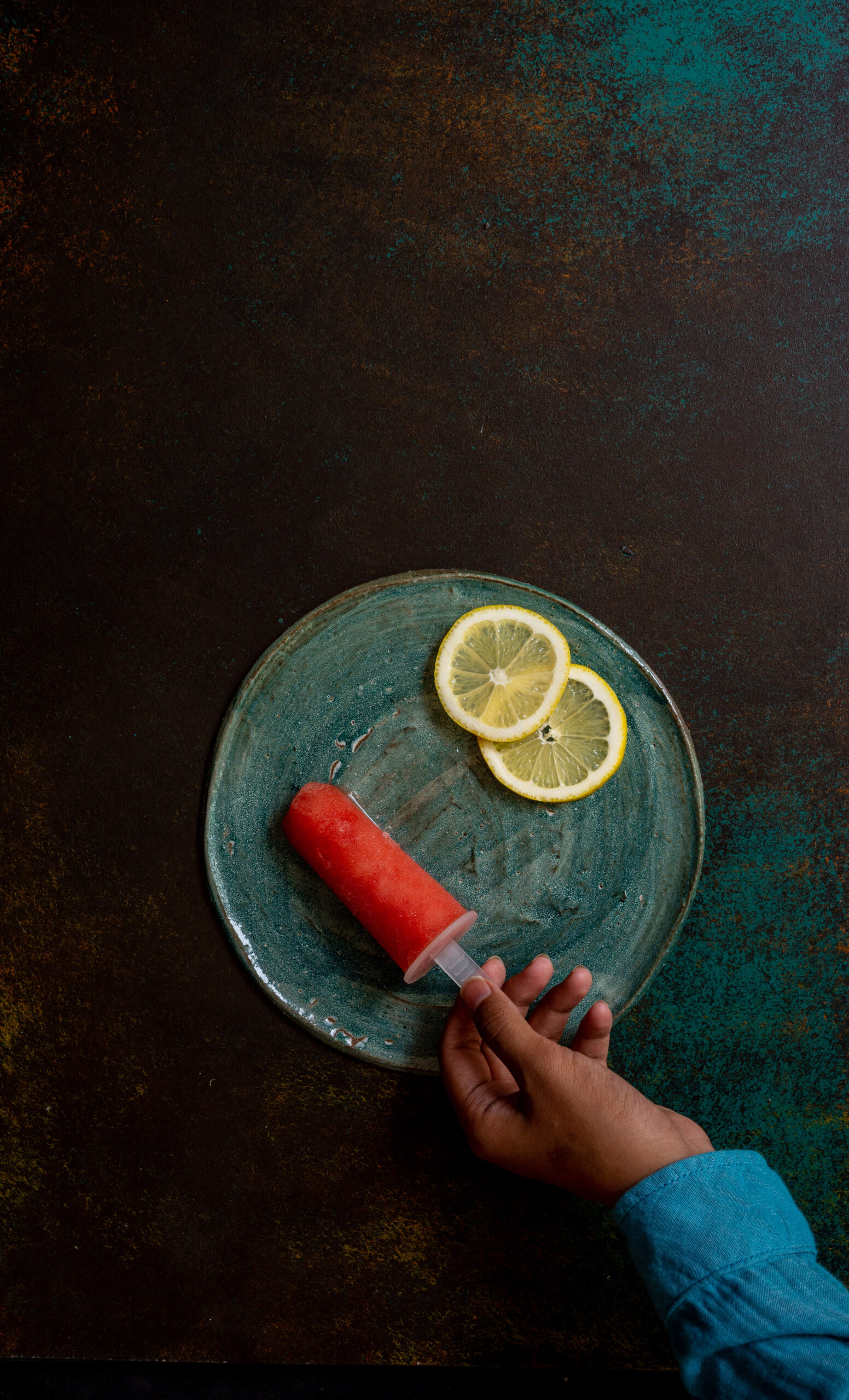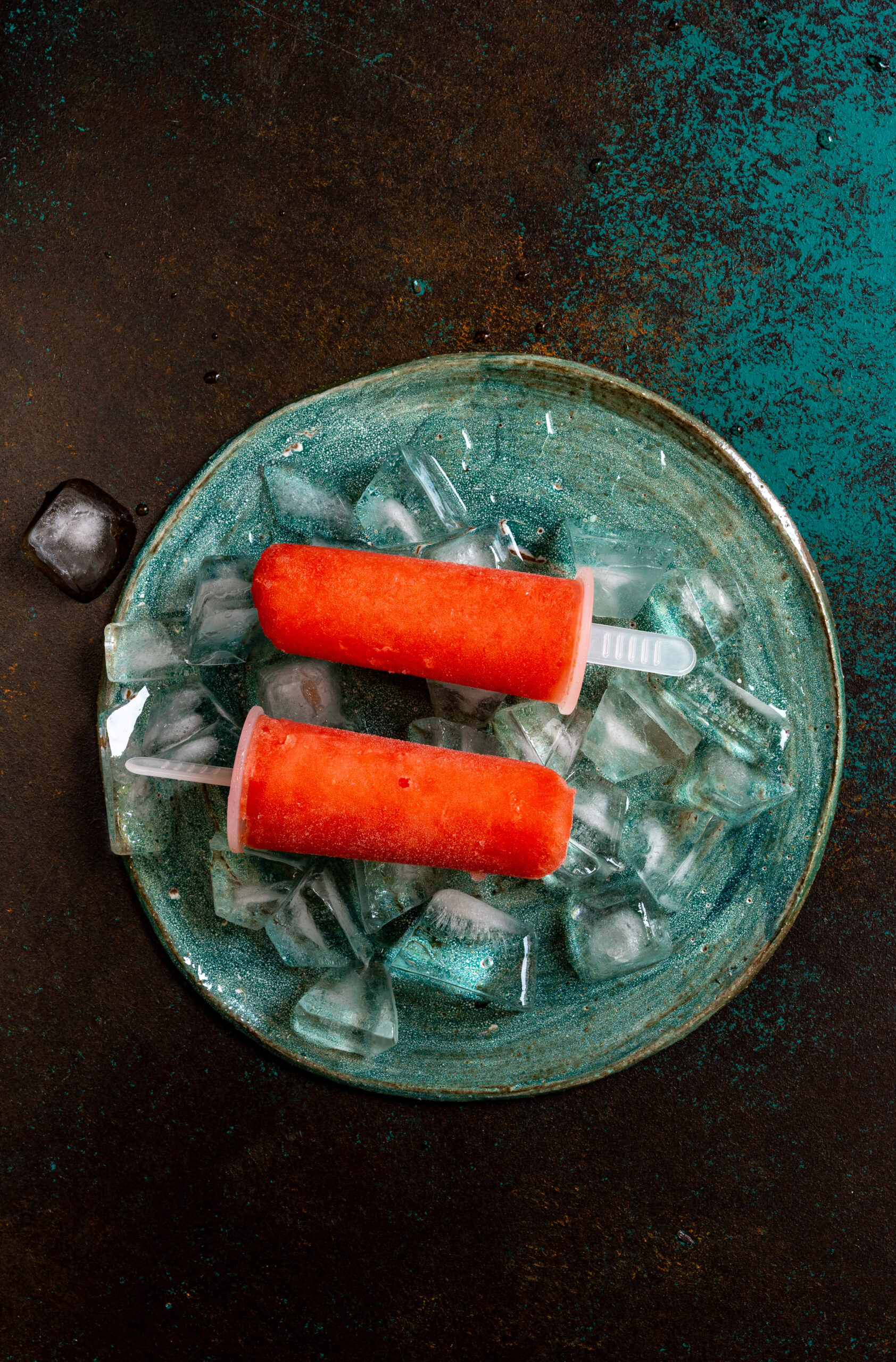When I was growing up – and perhaps when you were too – cupcakes were a treasured treat. We all looked forward to birthdays because that was when we could visit each other’s’ homes and enjoy them. More often than not, our mothers were the bakers. Today, cupcakes convey memories of a special, and simpler, time. Despite the assortment of goodies that are now easily available, I still feel that homemade cupcakes are a very sweet but almost forgotten gift, especially during festive occasions. To me, they taste of nostalgia and celebration.
Even though I regularly bake cupcakes alongside various other delights for my customers at re:store, as we have now reached the 7th anniversary of this blog, I wanted to do a little more. So, I thought that I would give away a cherished recipe of mine, as a gesture of gratitude for your warmth and support. Here is the recipe for coffee cupcakes, the very same recipe that I use in my work.
My coffee cupcake recipe emerged as a response to a craving I had for something with a tiramisu flavour. While I have opted to use a simple buttercream frosting, you can try this out with mascarpone in order to elevate that tiramisu influence. You can also replace coffee with a different flavour altogether. Here’s another suggestion: include some maple syrup and adjust the sugar quantity accordingly, and the taste will change too. Have fun with how you use this recipe as a base!
I love making my cupcakes bite-sized, and just right. They are not too sweet, yet they conjure up such sweet memories. Here’s hoping to make many more: more gorgeous cupcakes and more great memories too!
Below are a few images of some of the cupcakes that are available at re:store. I hope that they give you some inspiration – either to prepare your own, or to drop me a line. If you are in Chennai and you’d like me to bake something for you, you know how to reach me.



Coffee Cupcakes
(Yield: 12 pieces)
185 grams all-purpose flour
1 teaspoon baking powder
1 teaspoon instant coffee powder
1 pinch salt
110 grams room temperature butter
200 grams granulated sugar
2 eggs
1 teaspoon vanilla extract
½ cup whole milk
Frosting
1 cup unsalted butter
Fresh cream as required
4-5 cups sifted icing sugar
1 teaspoon coffee powder
Preheat the oven to 170° C.
Line the cupcake tray with liners. Set aside.
In a bowl, sift all the dry ingredients together.
In a mixer bowl, add the butter and the sugar and beat for a couple of minutes or until the mixture is light and fluffy. Add the eggs one at a time, scraping down the sides of the bowl. Alternating them, add the milk and flour in two batches and mix gently. Do not over mix once the flour is added.
Now, divide the batter into the liners, filling them up to a 2⁄3 level.
Bake for 12-15 minutes or until the skewer comes out clean.
Remove and cool on a wire rack.
To make the frosting: mix the butter, cream and coffee powder. Add the icing sugar in batches and mix gently, making sure the icing sugar does not fly around. Add enough to make the frosting such that it holds up. Beat well into a smooth consistency.
Using a piping nozzle, ice the cupcakes and keep cool until serving. Refrigerate to preserve longer.
My older son loves my coffee cupcakes and asks me for some whenever he visits. He recently came home after a few months, which is a long time for us, and I baked some for him. From being a childhood favourite to becoming a treat that connects me to my own children, cupcakes and I have had a long journey. Those of you who have been with me since the start at re:store have had a long journey with me too, and I hope it’s been a delicious one. Thank you for being here.
